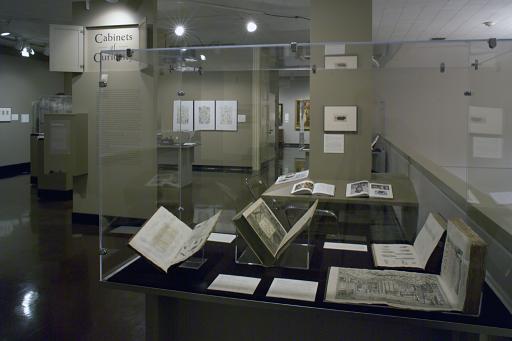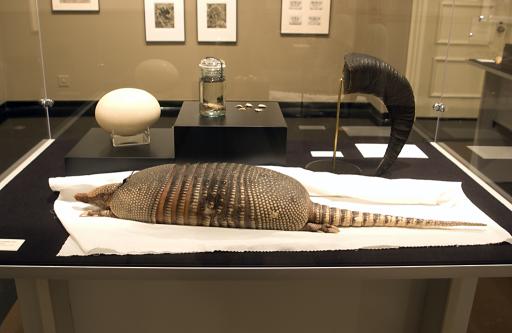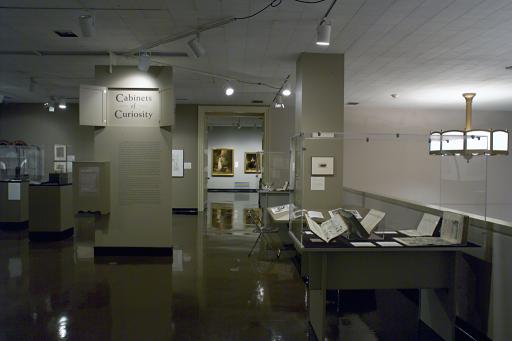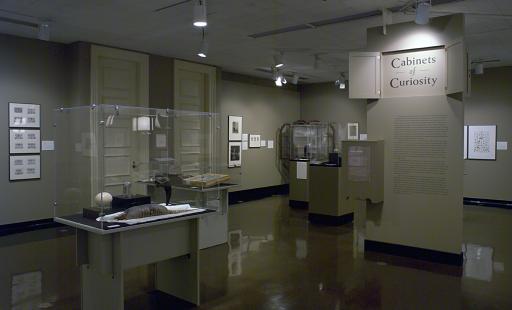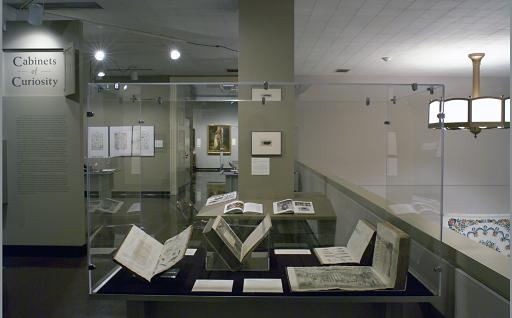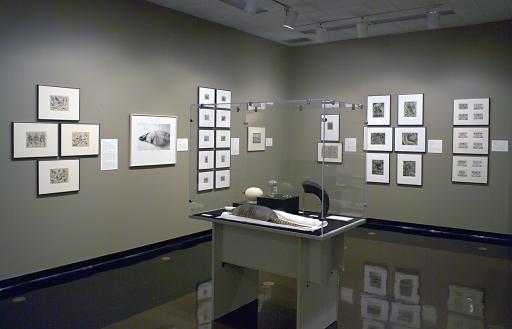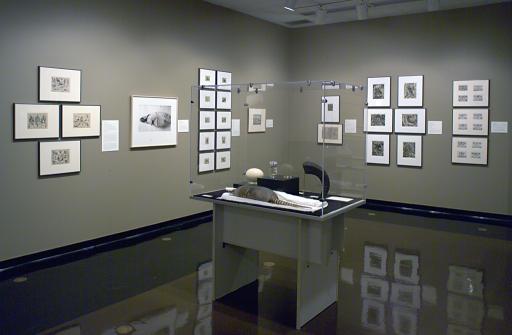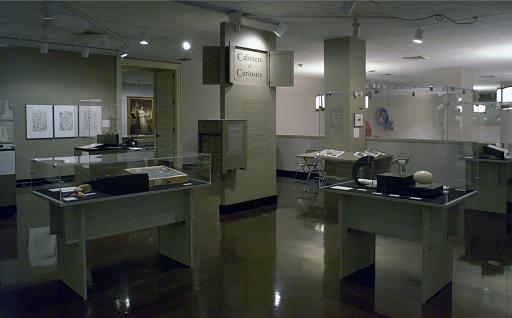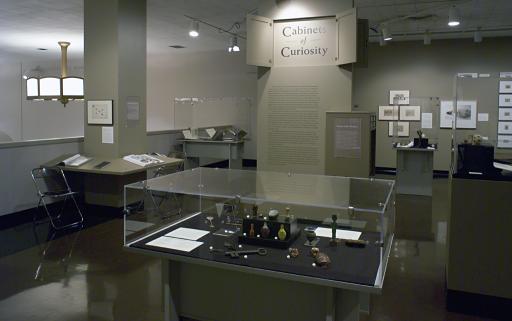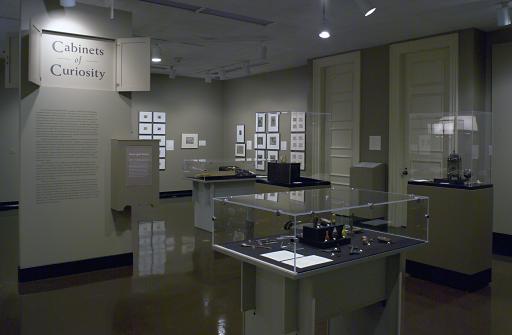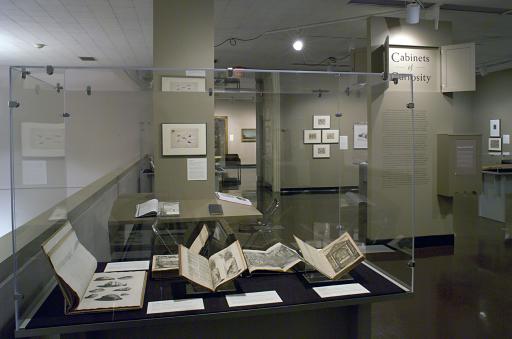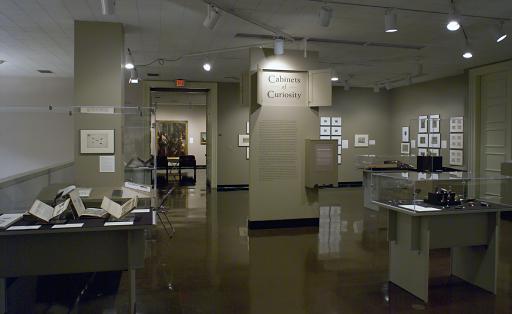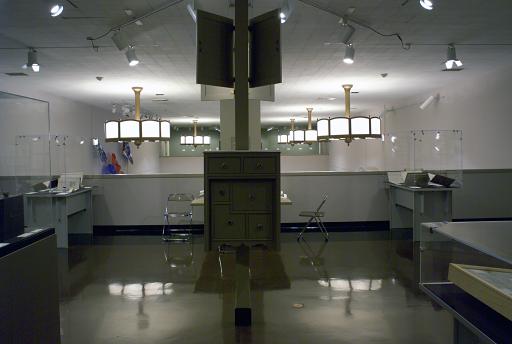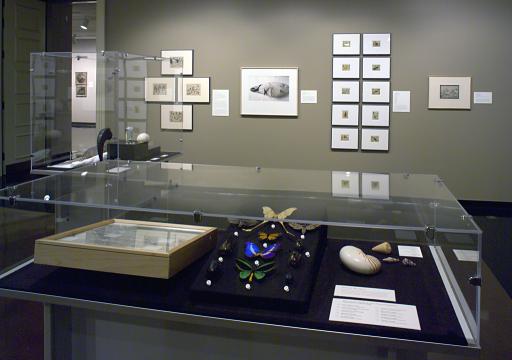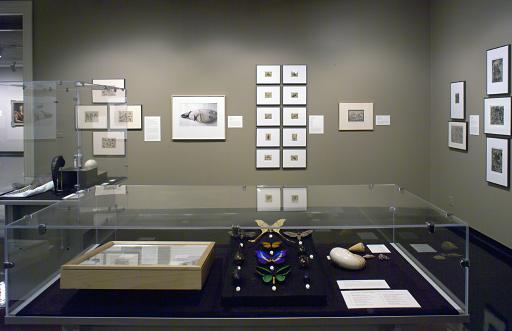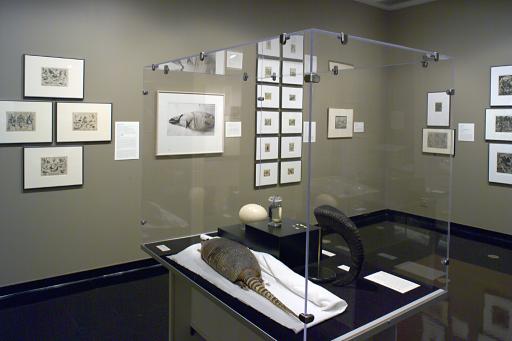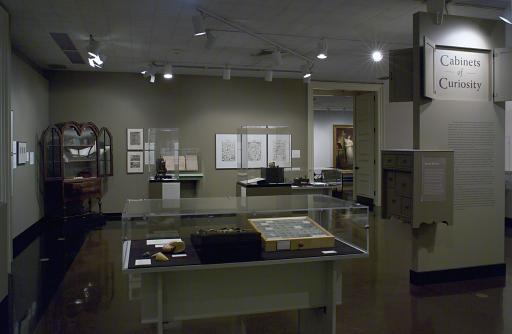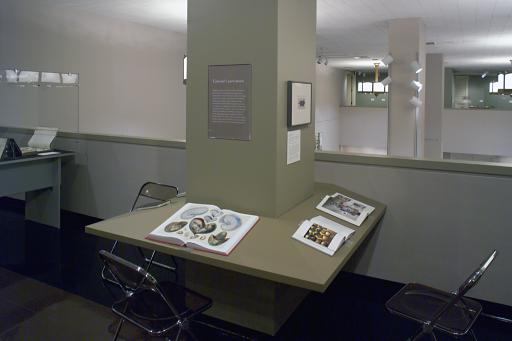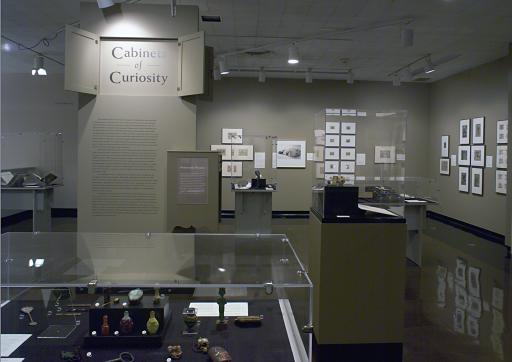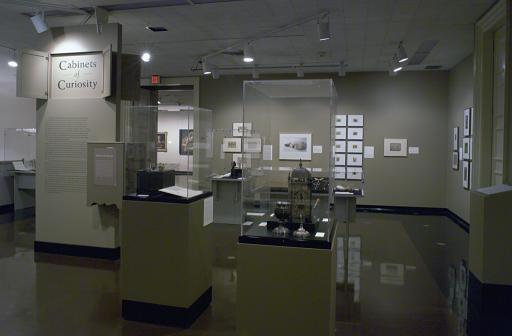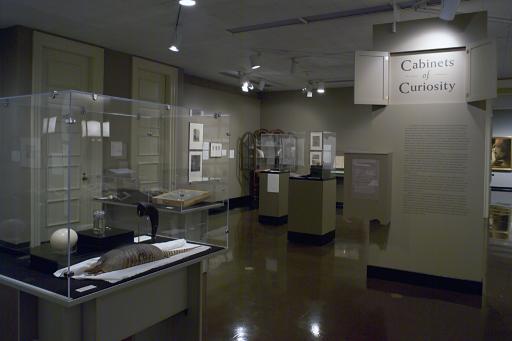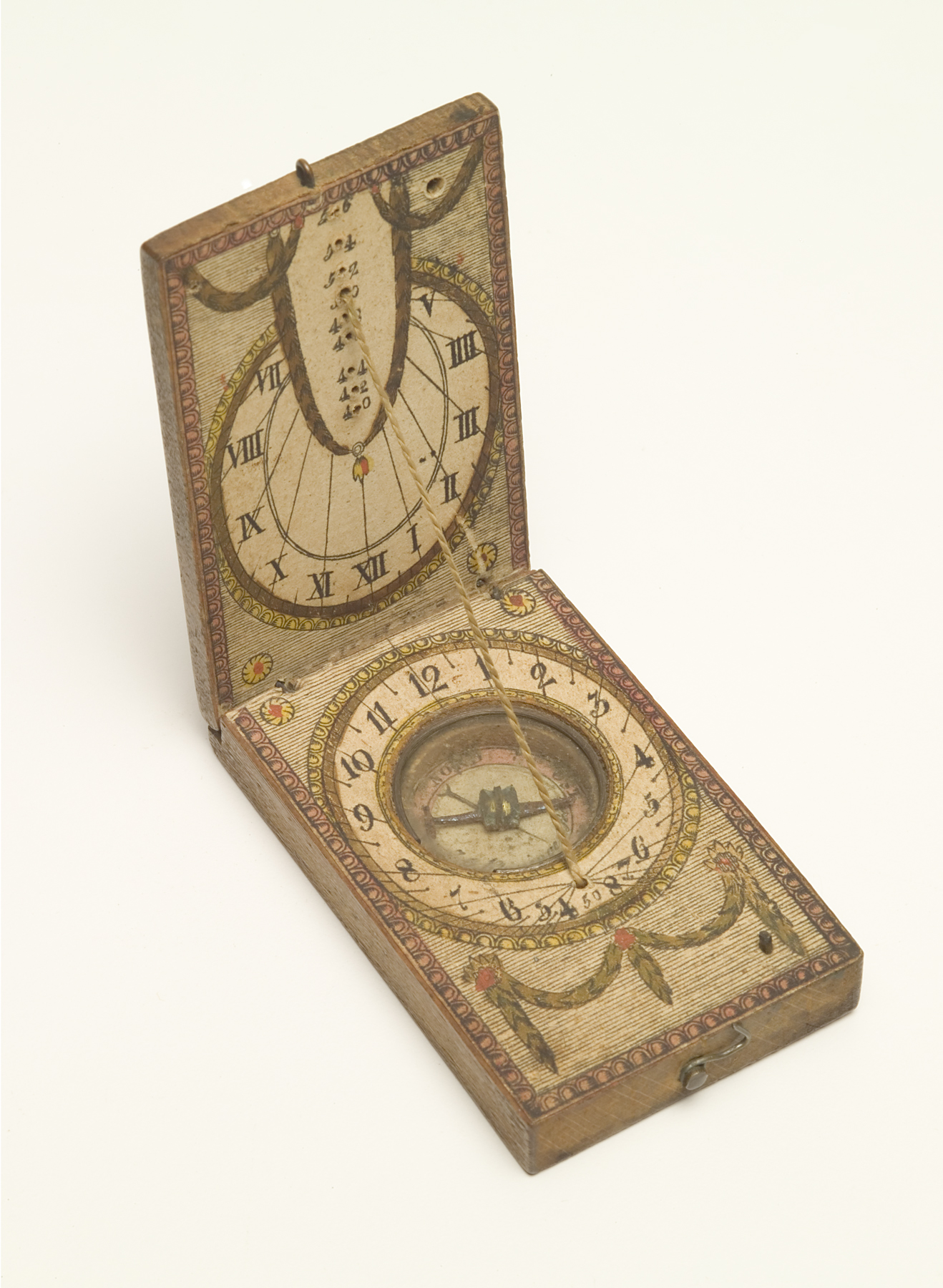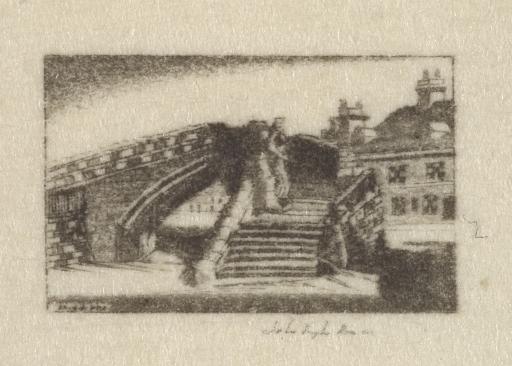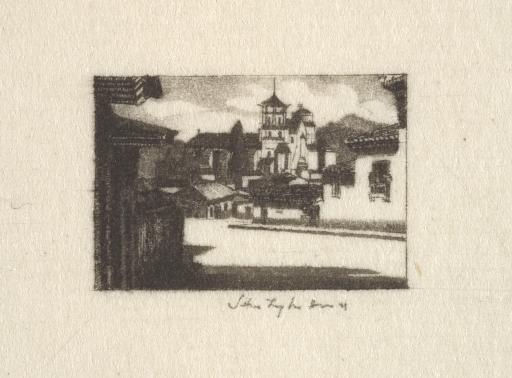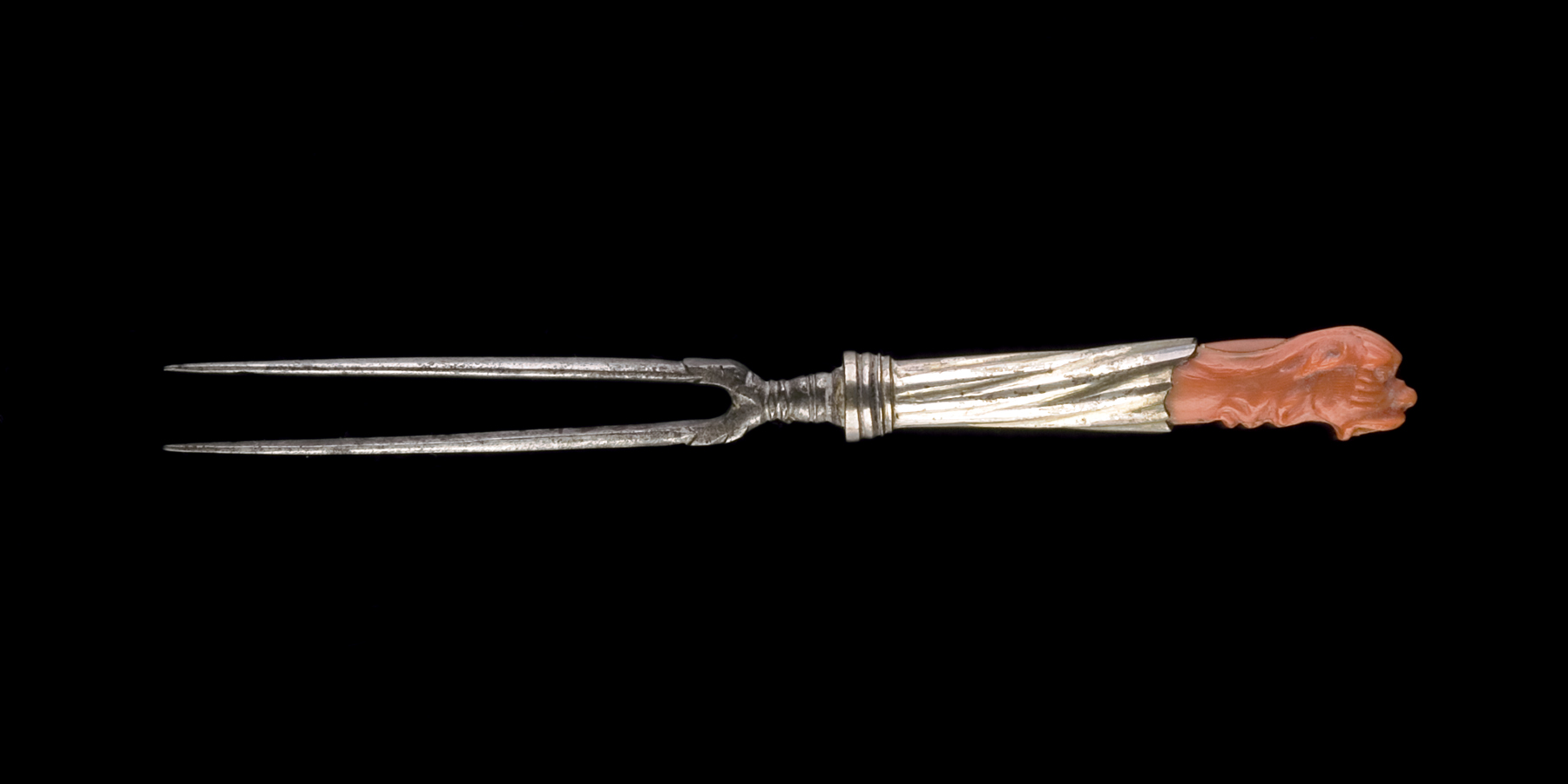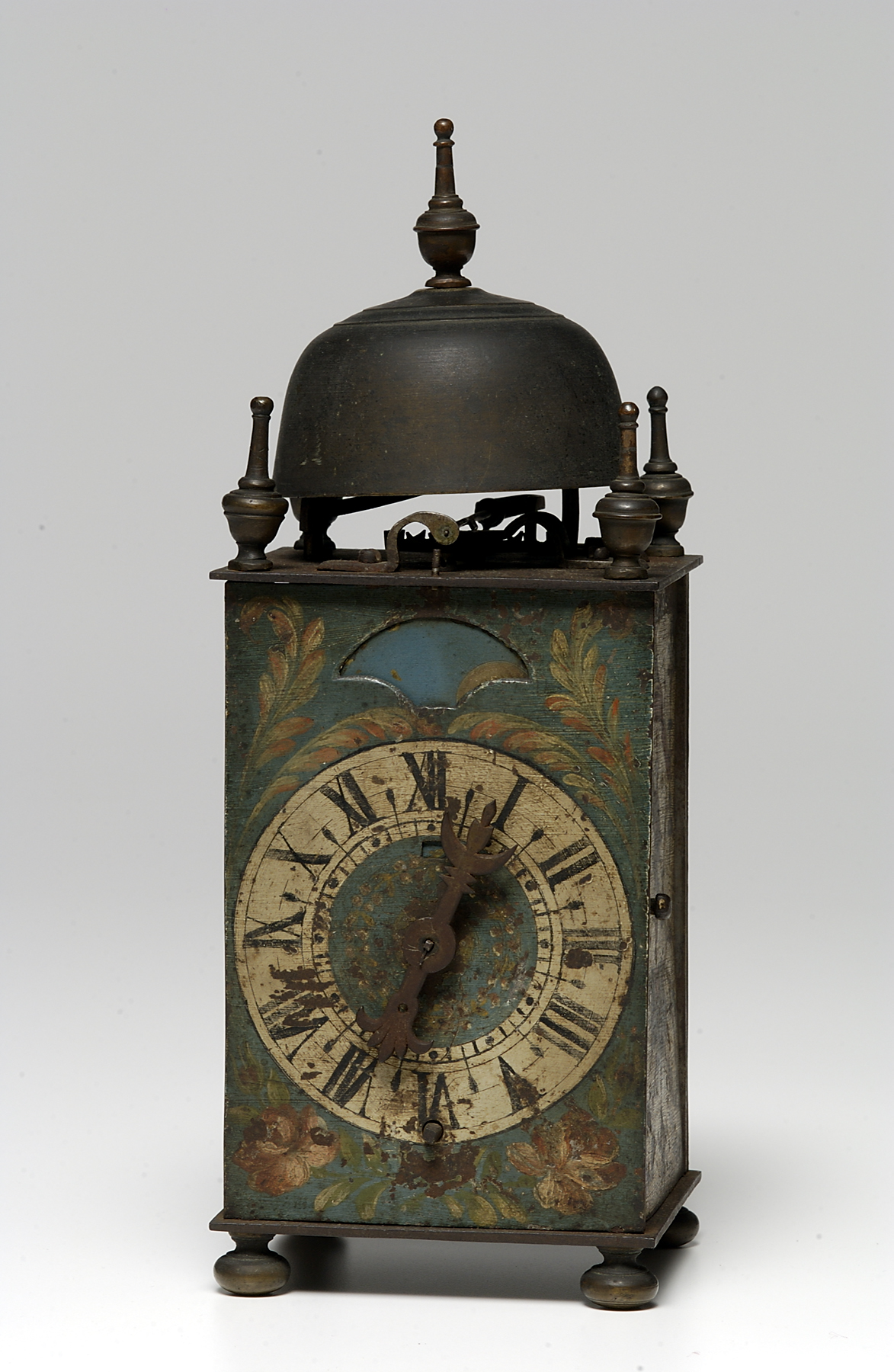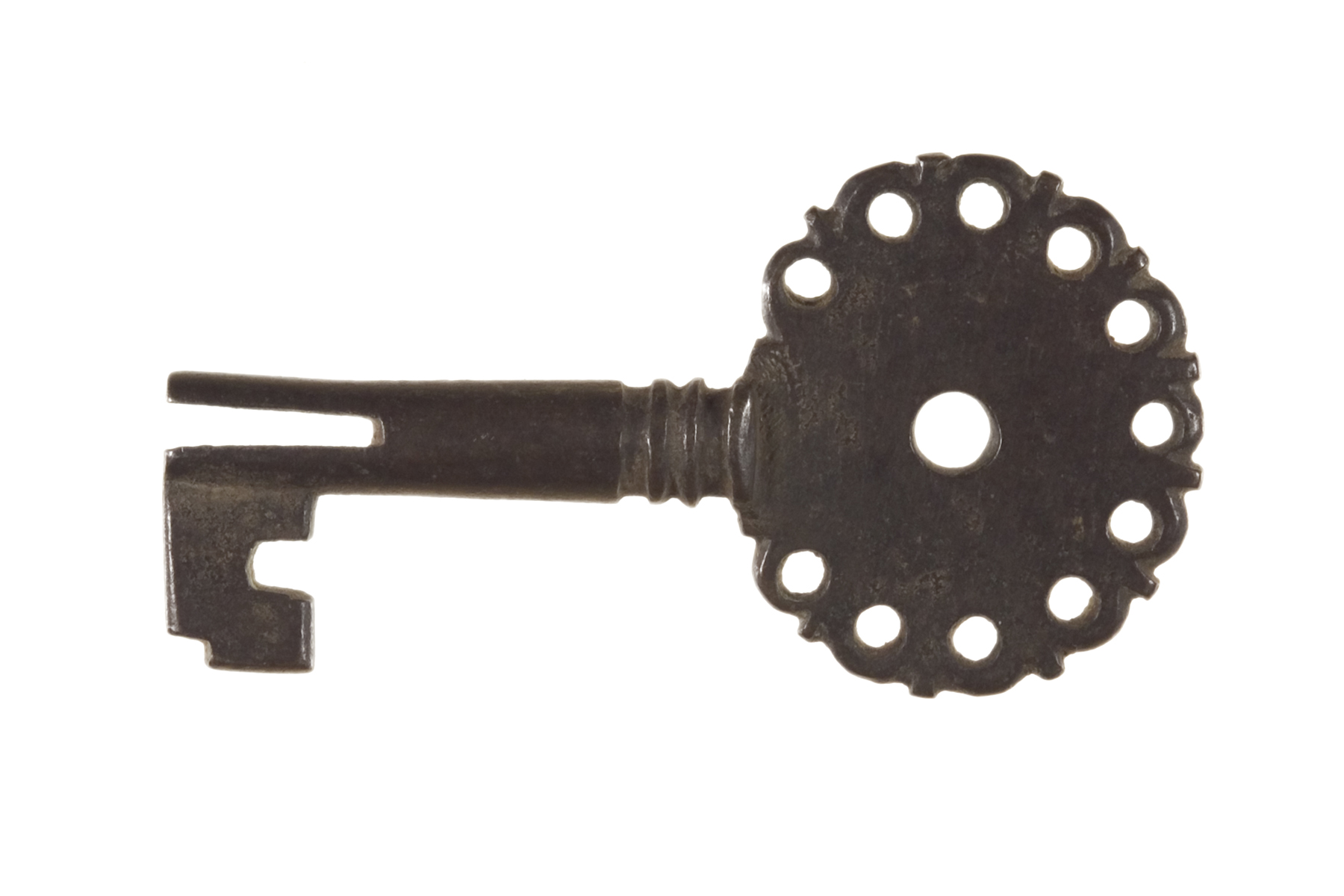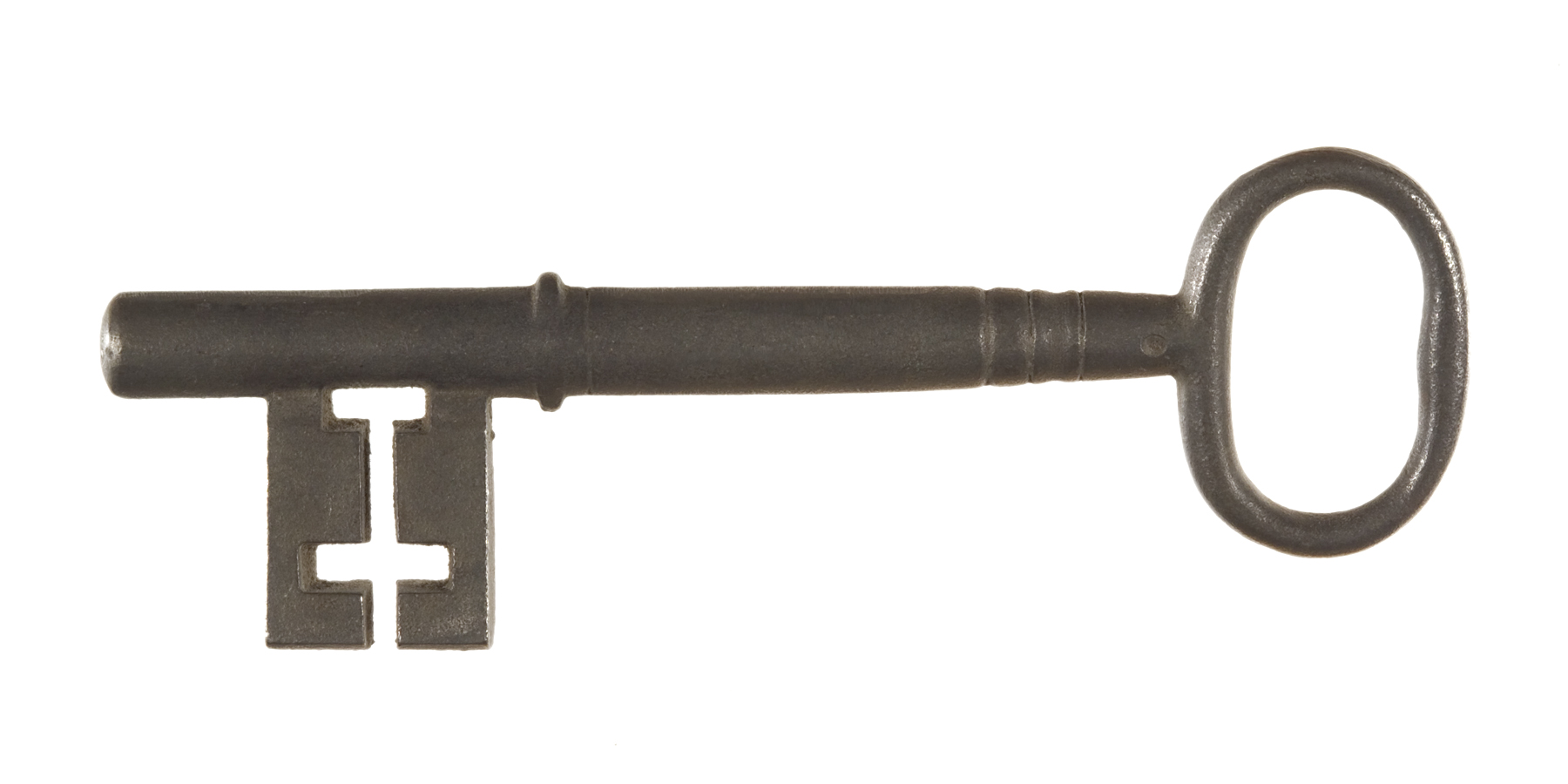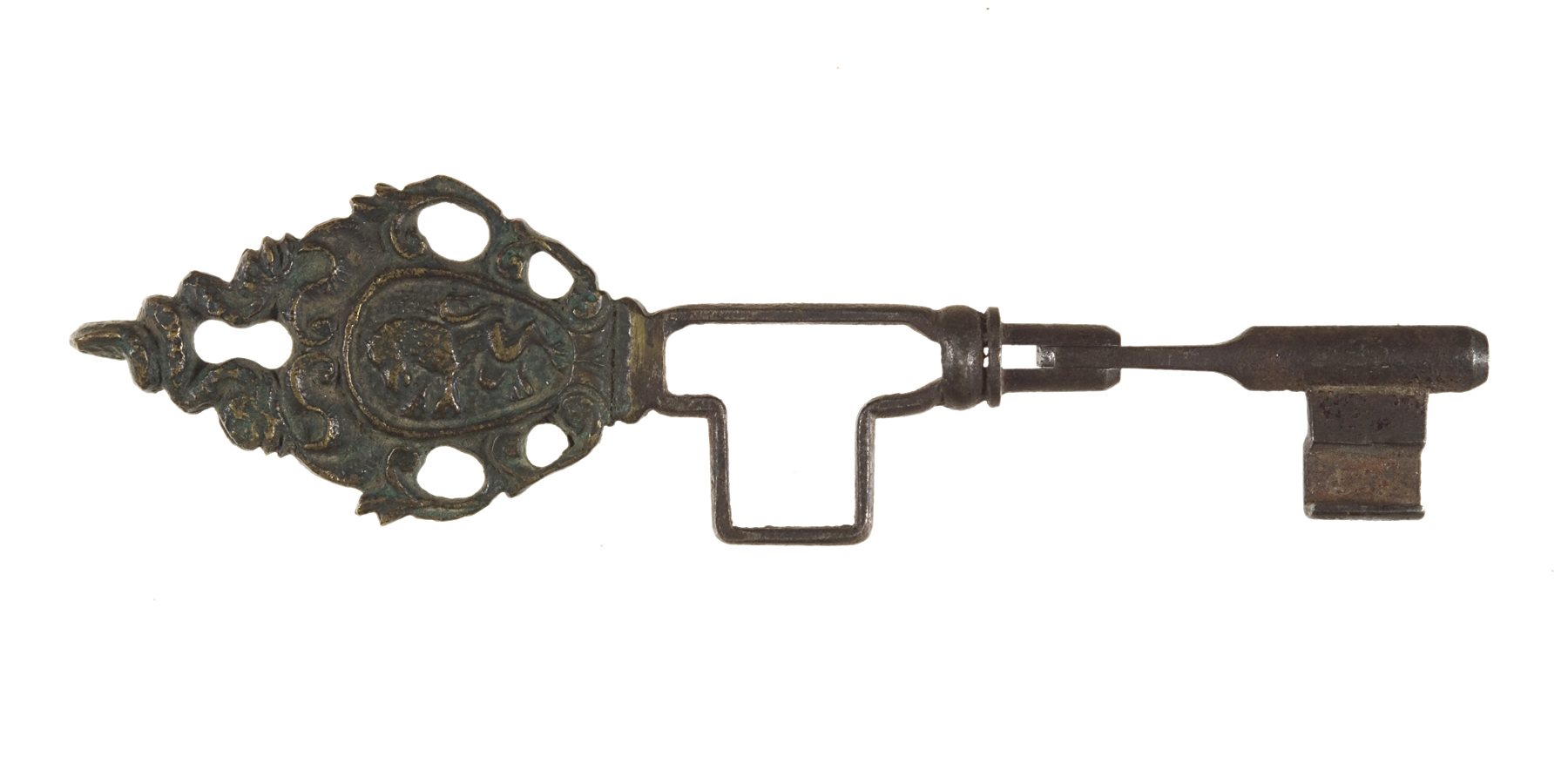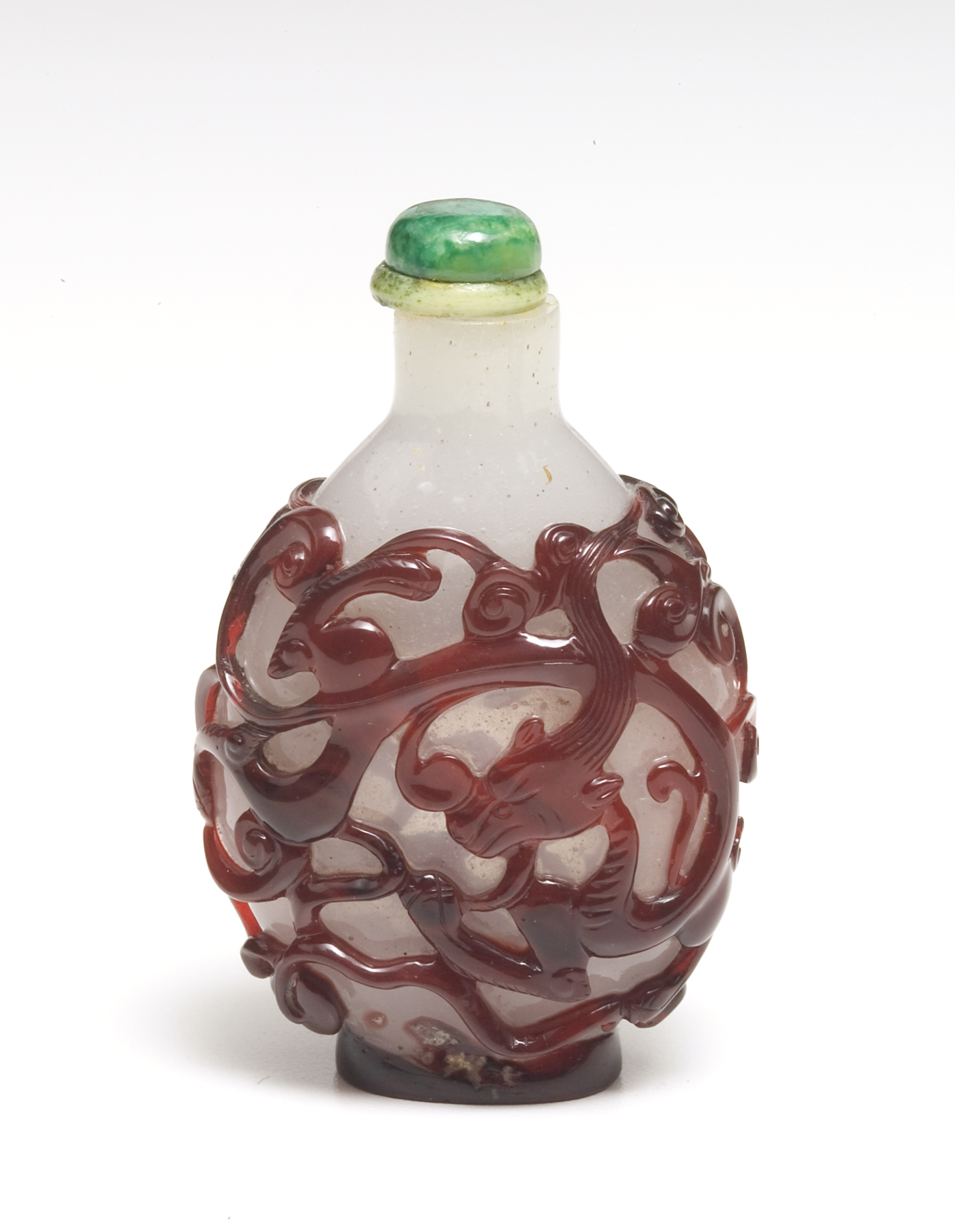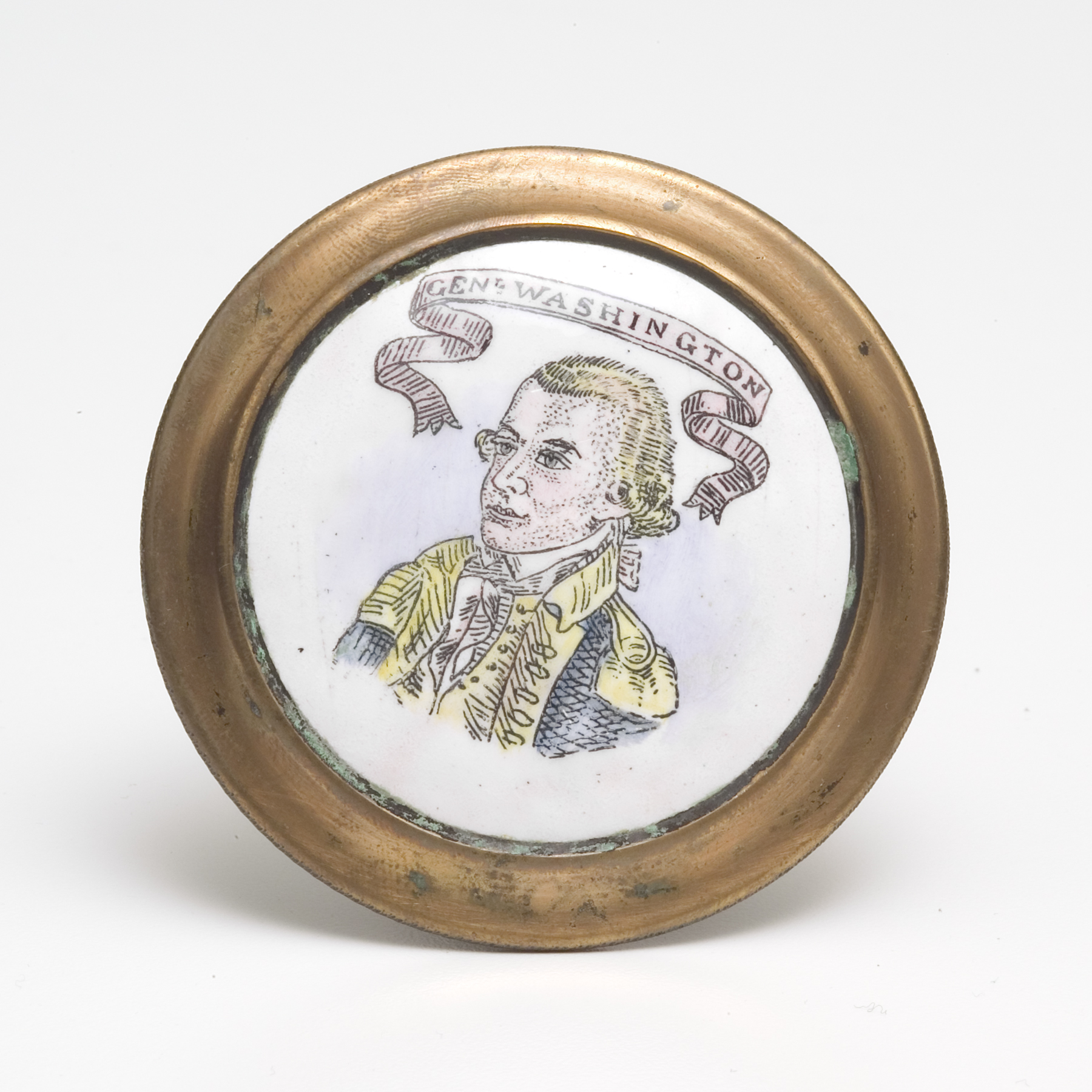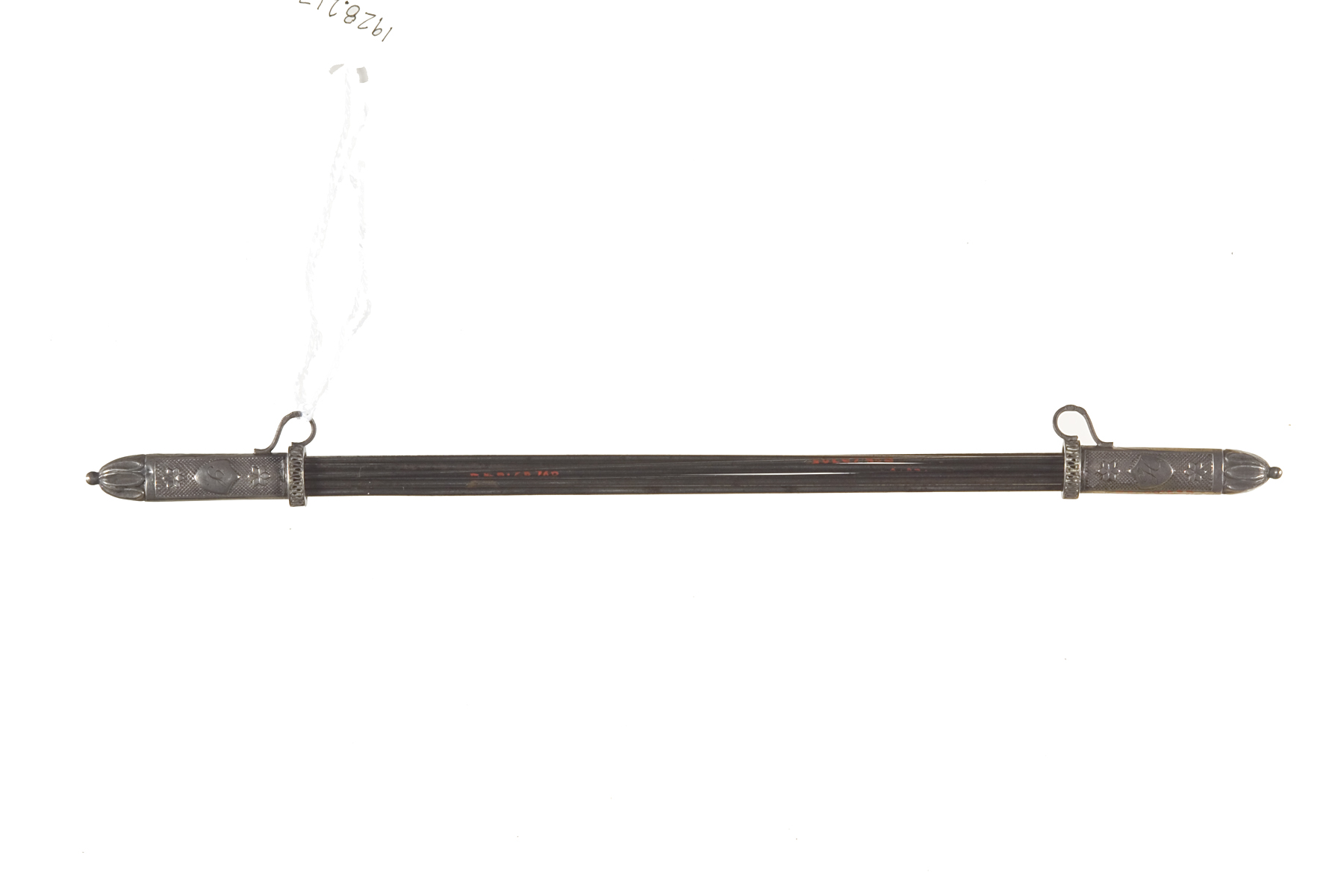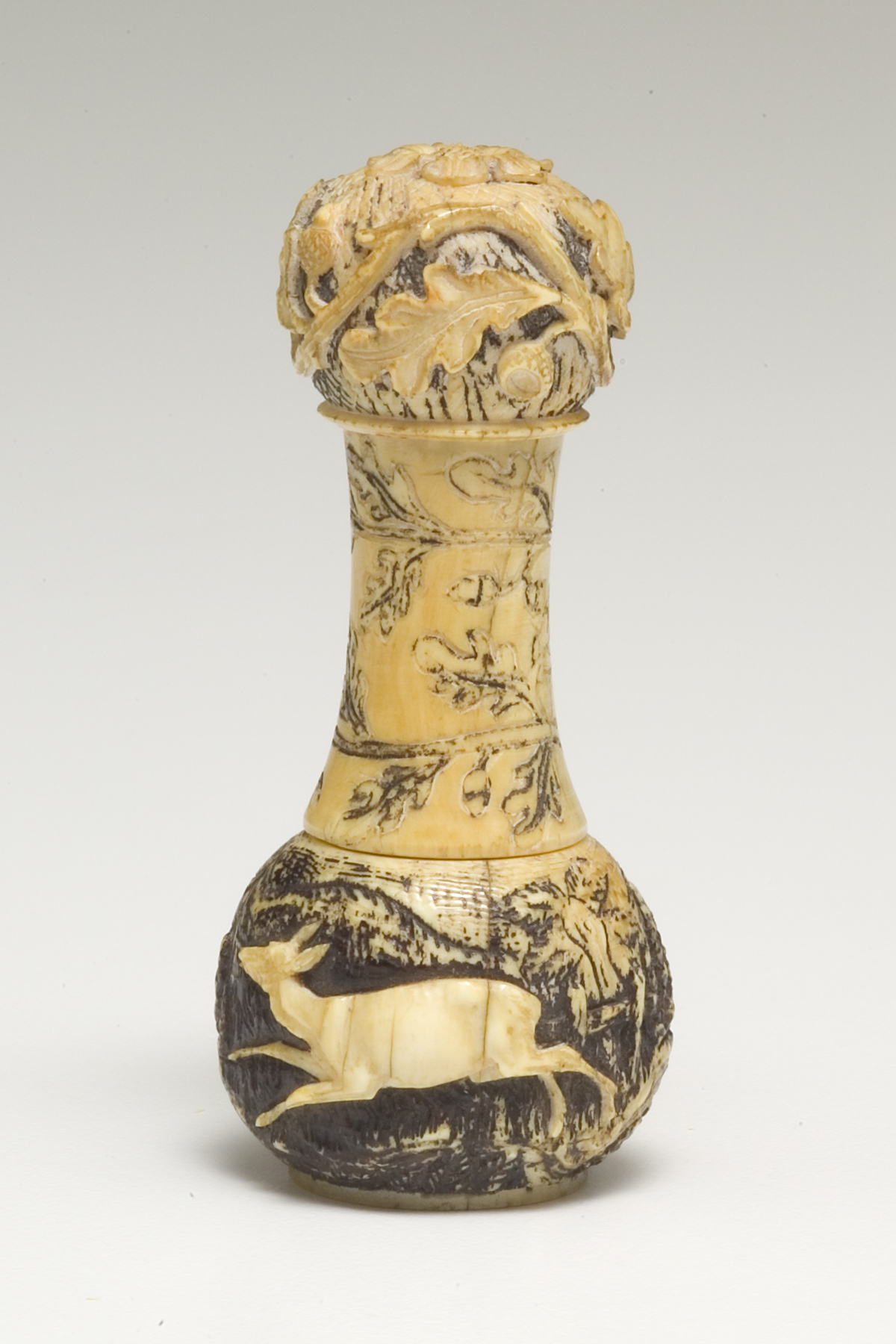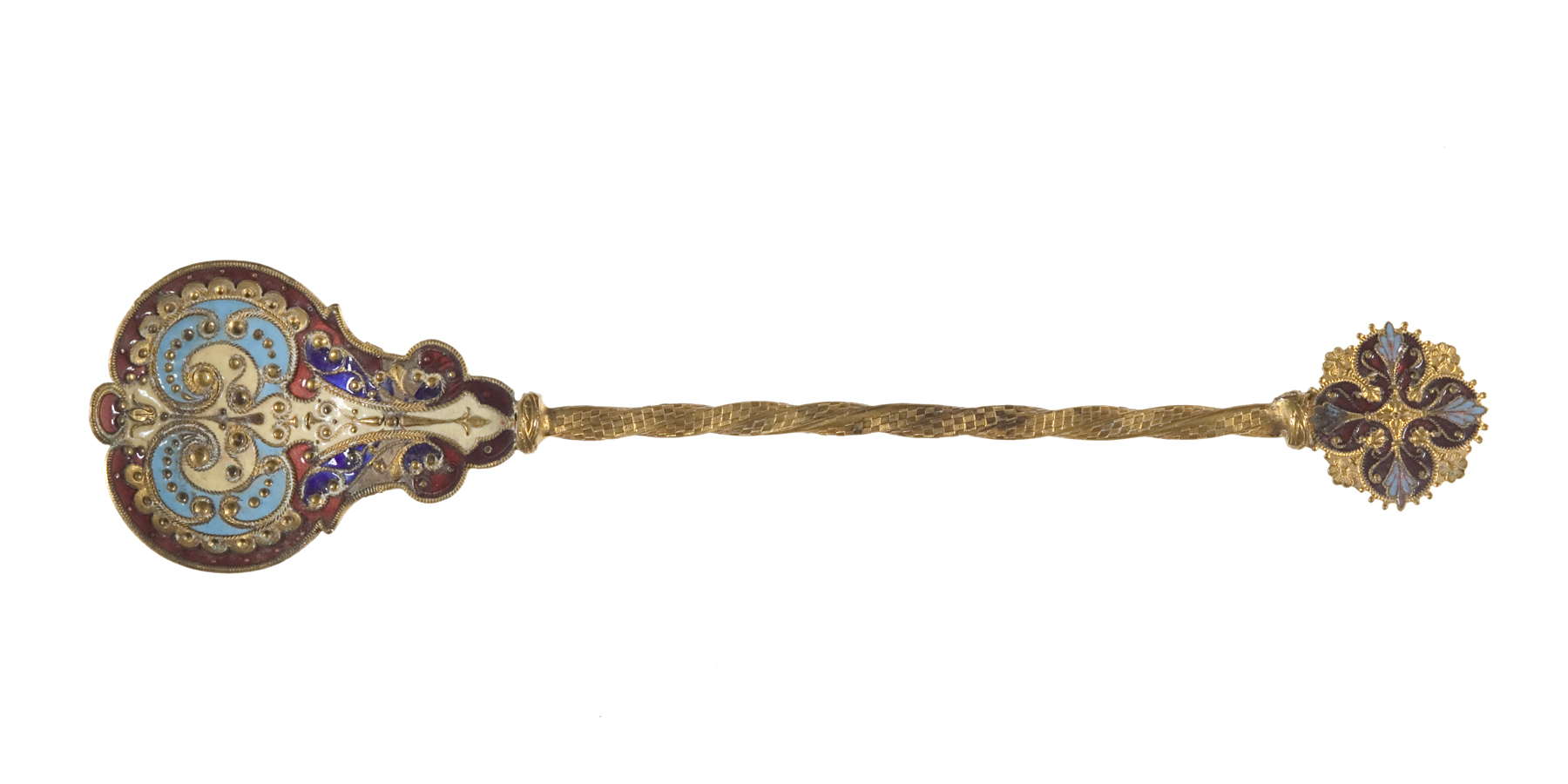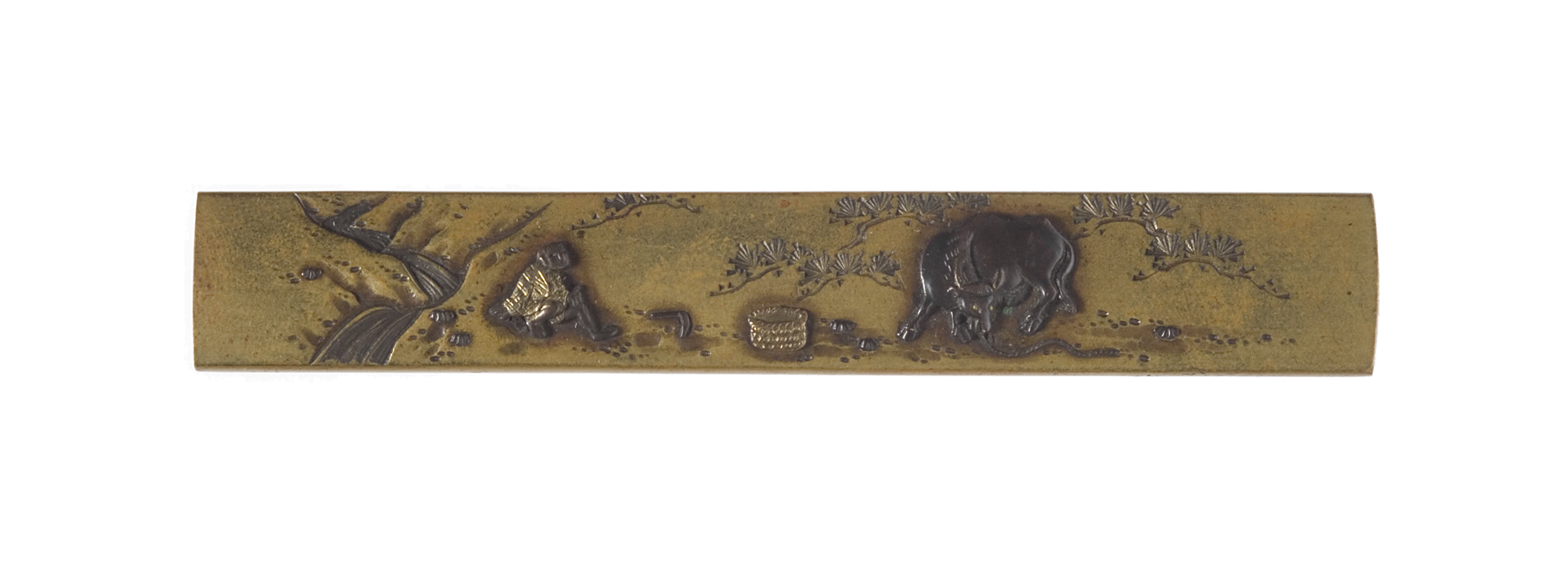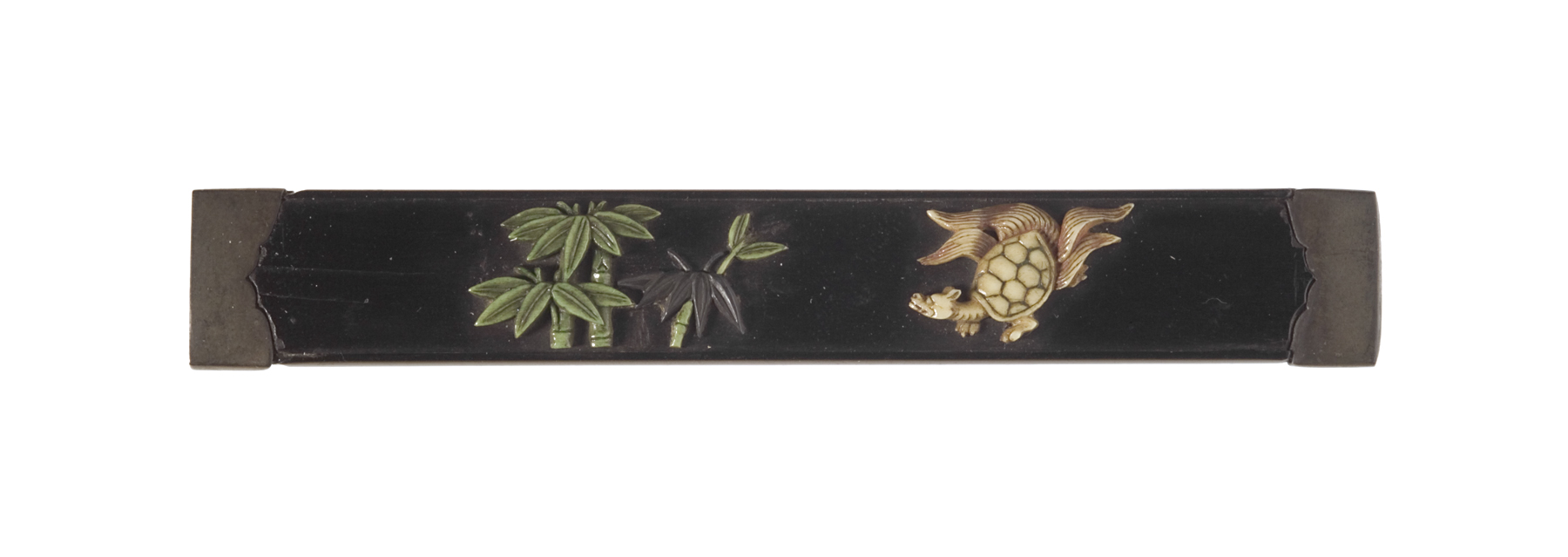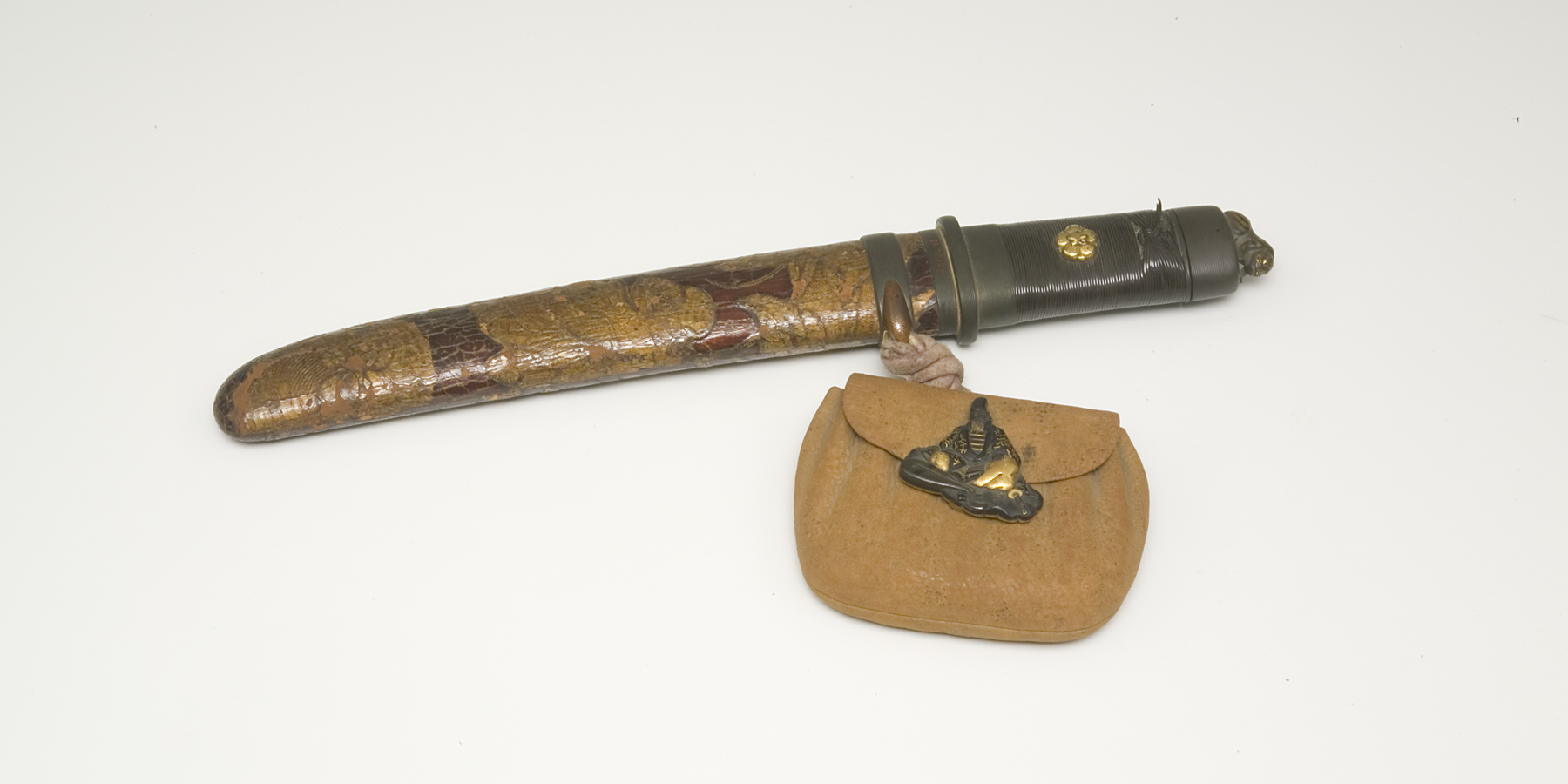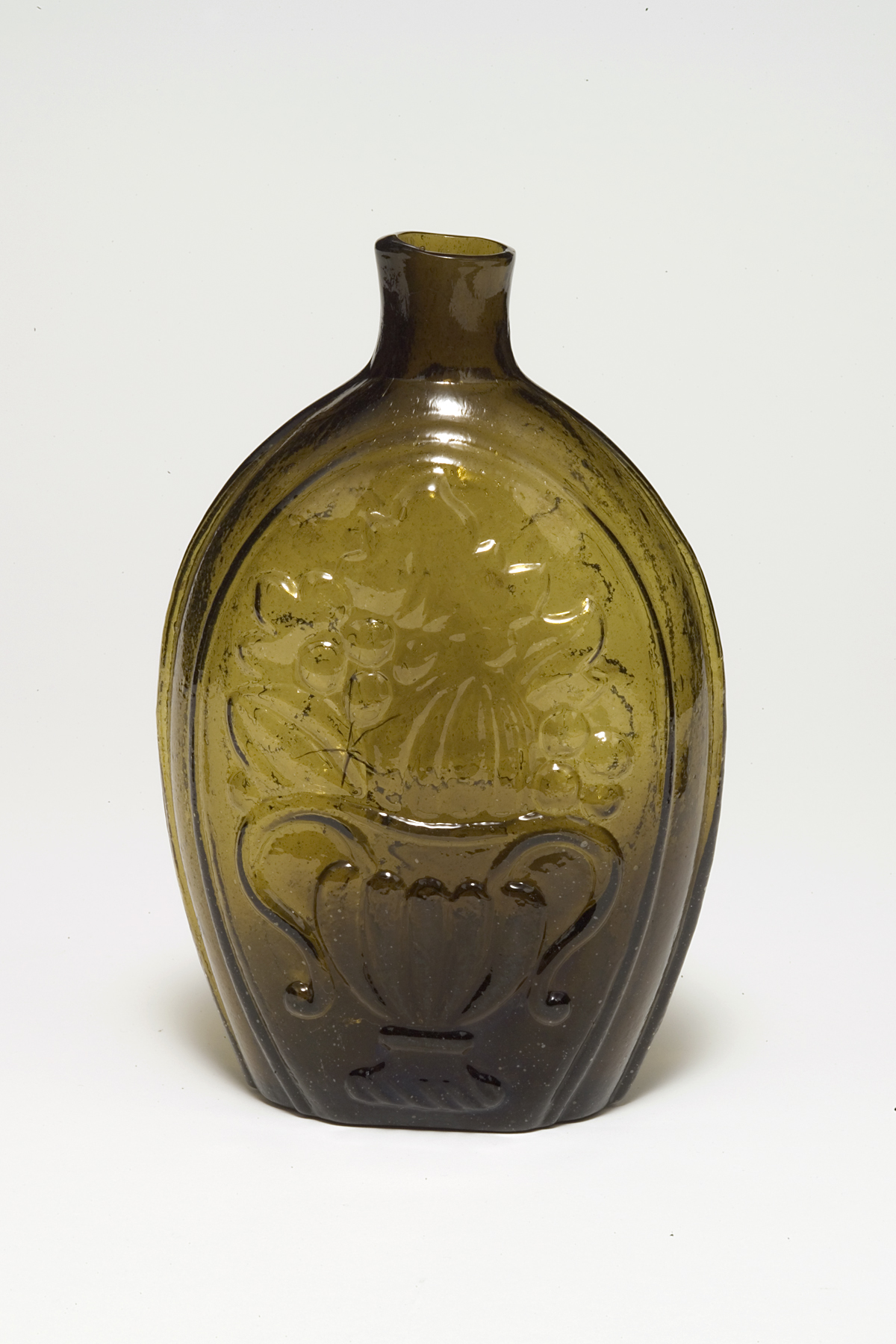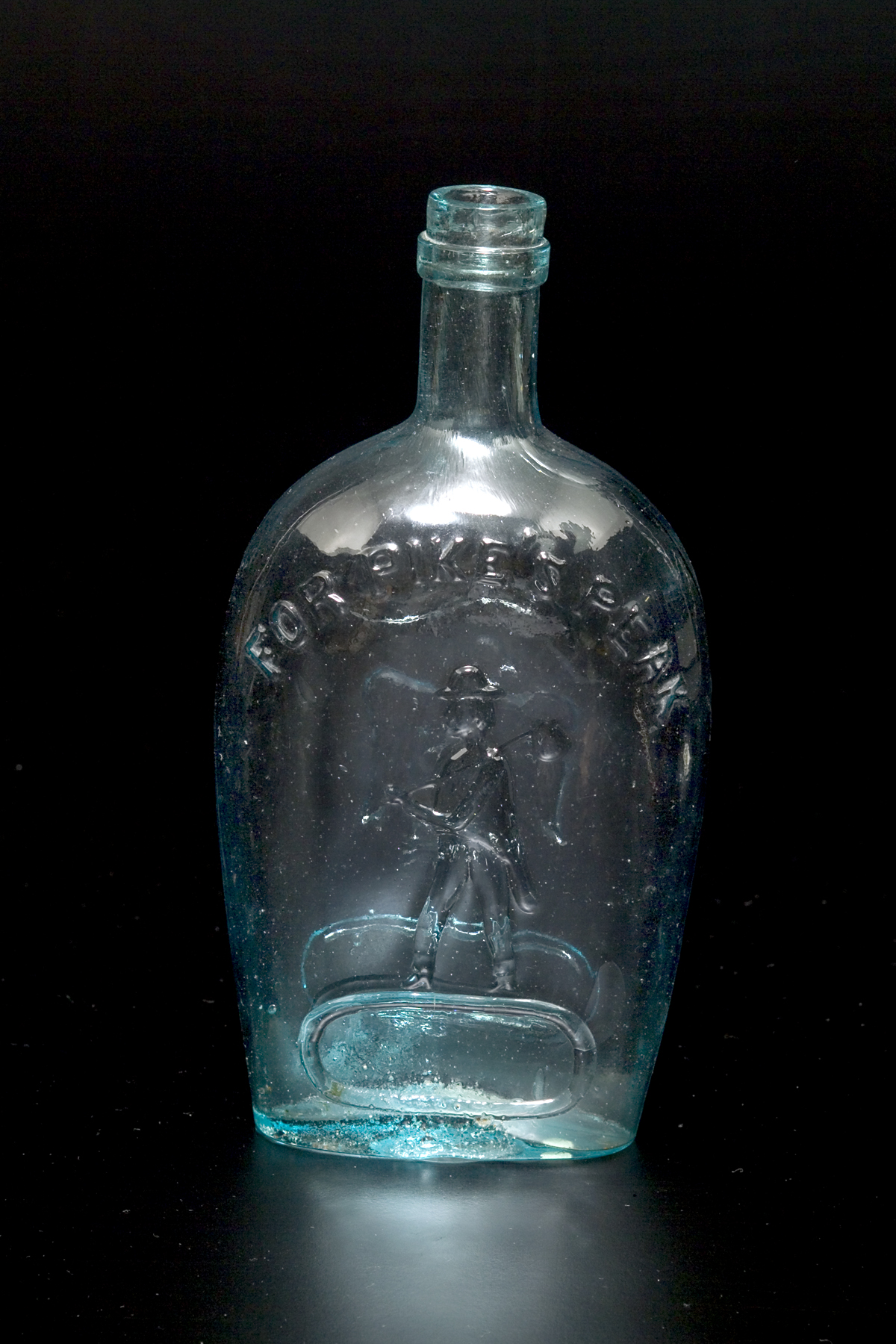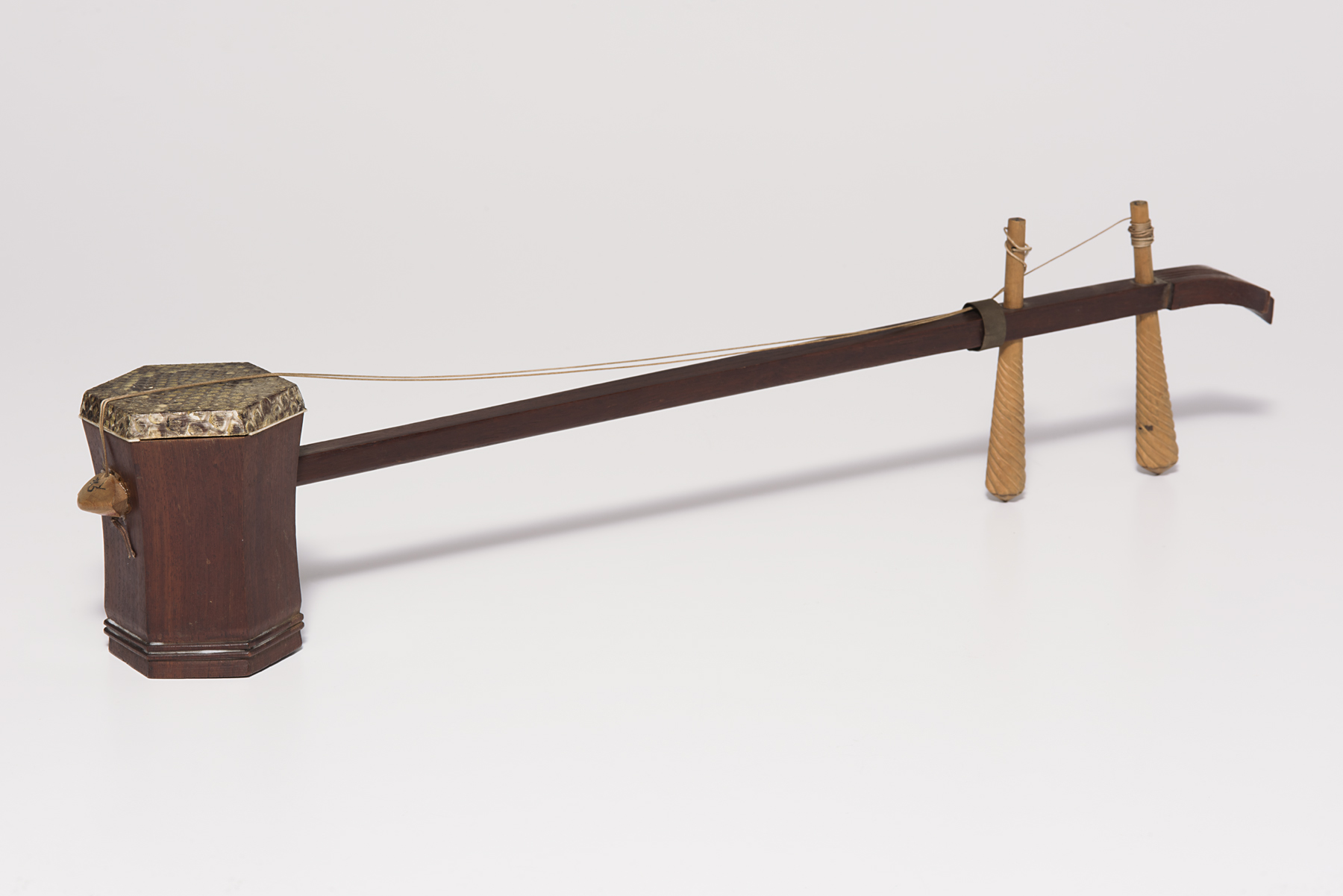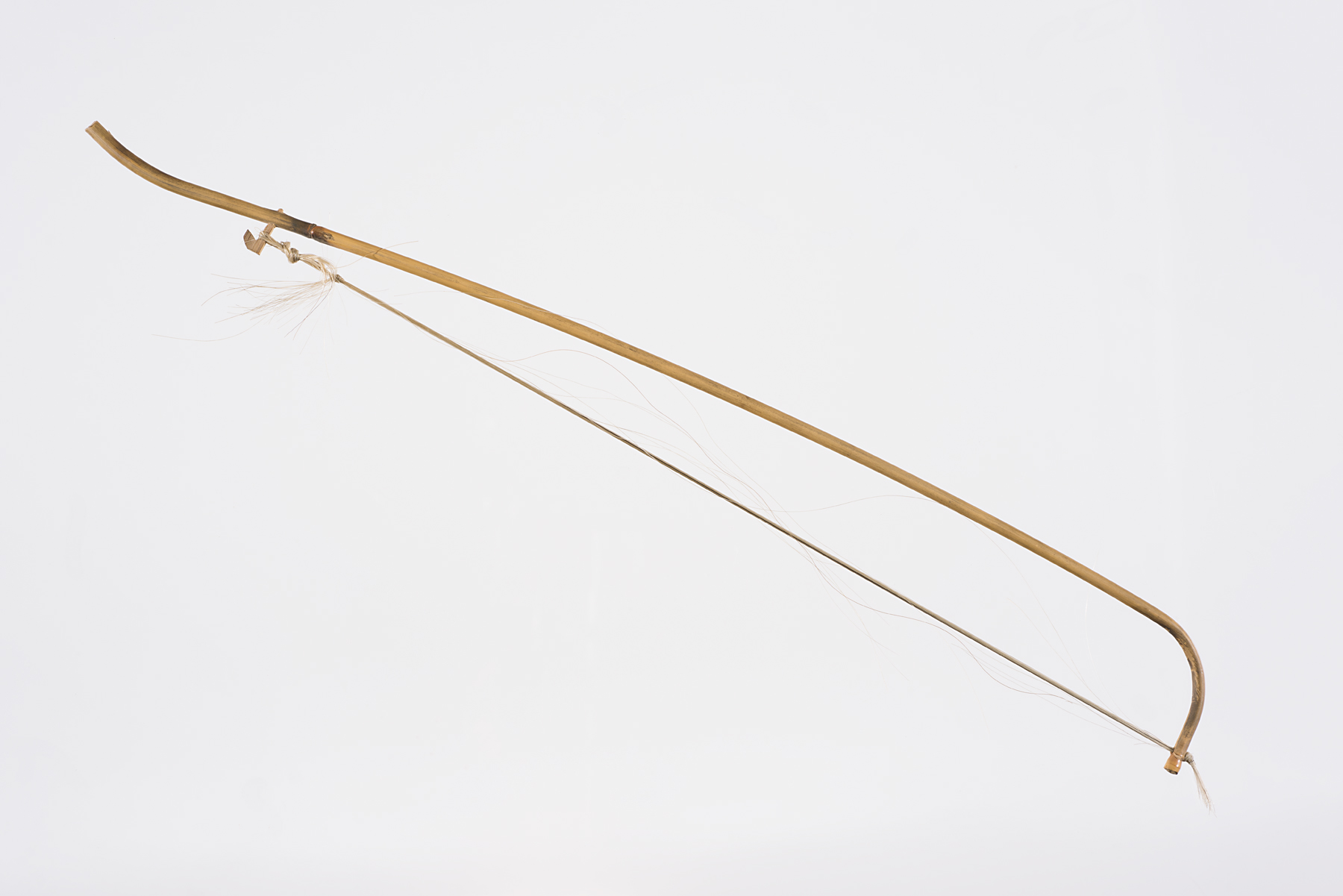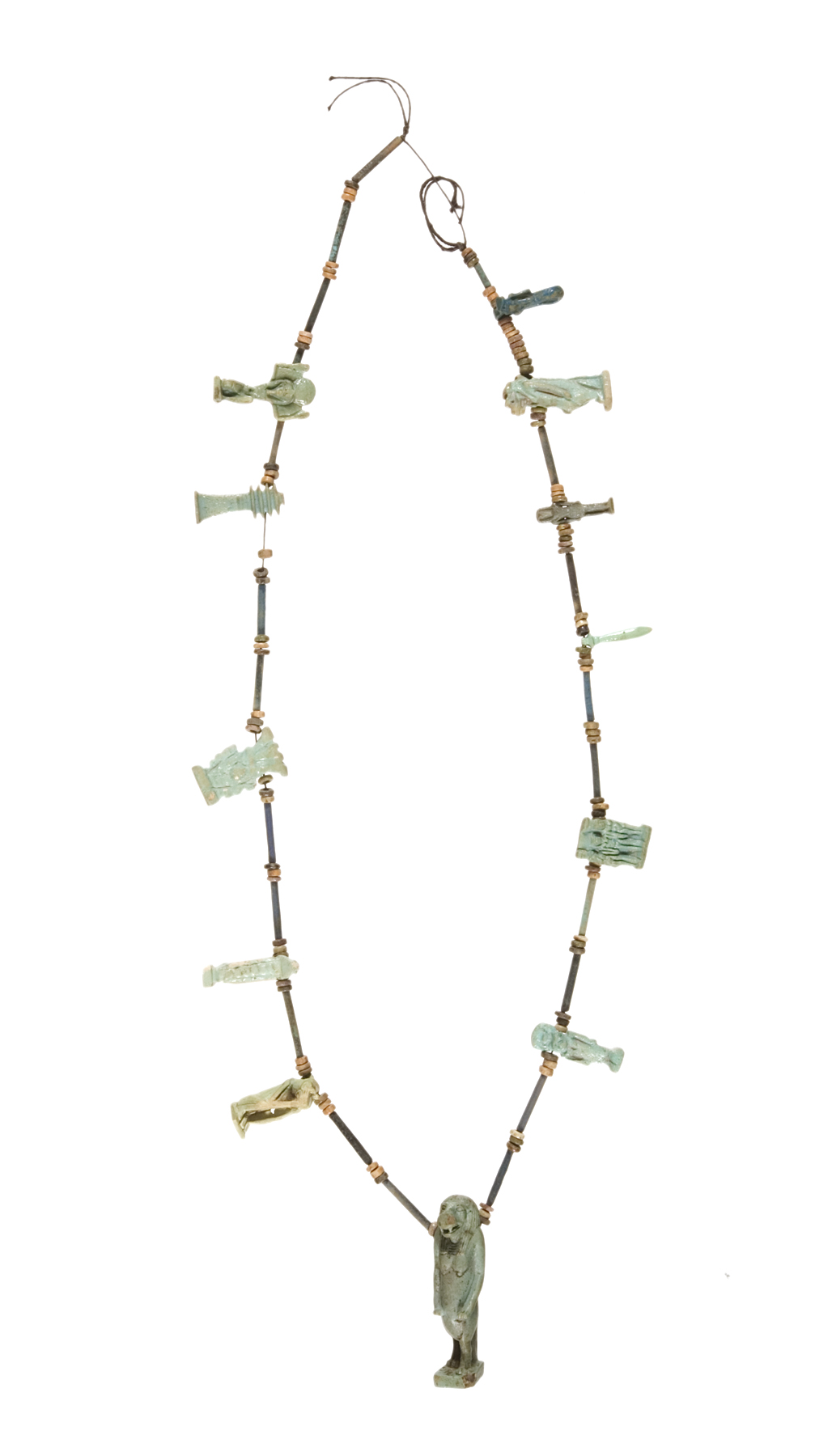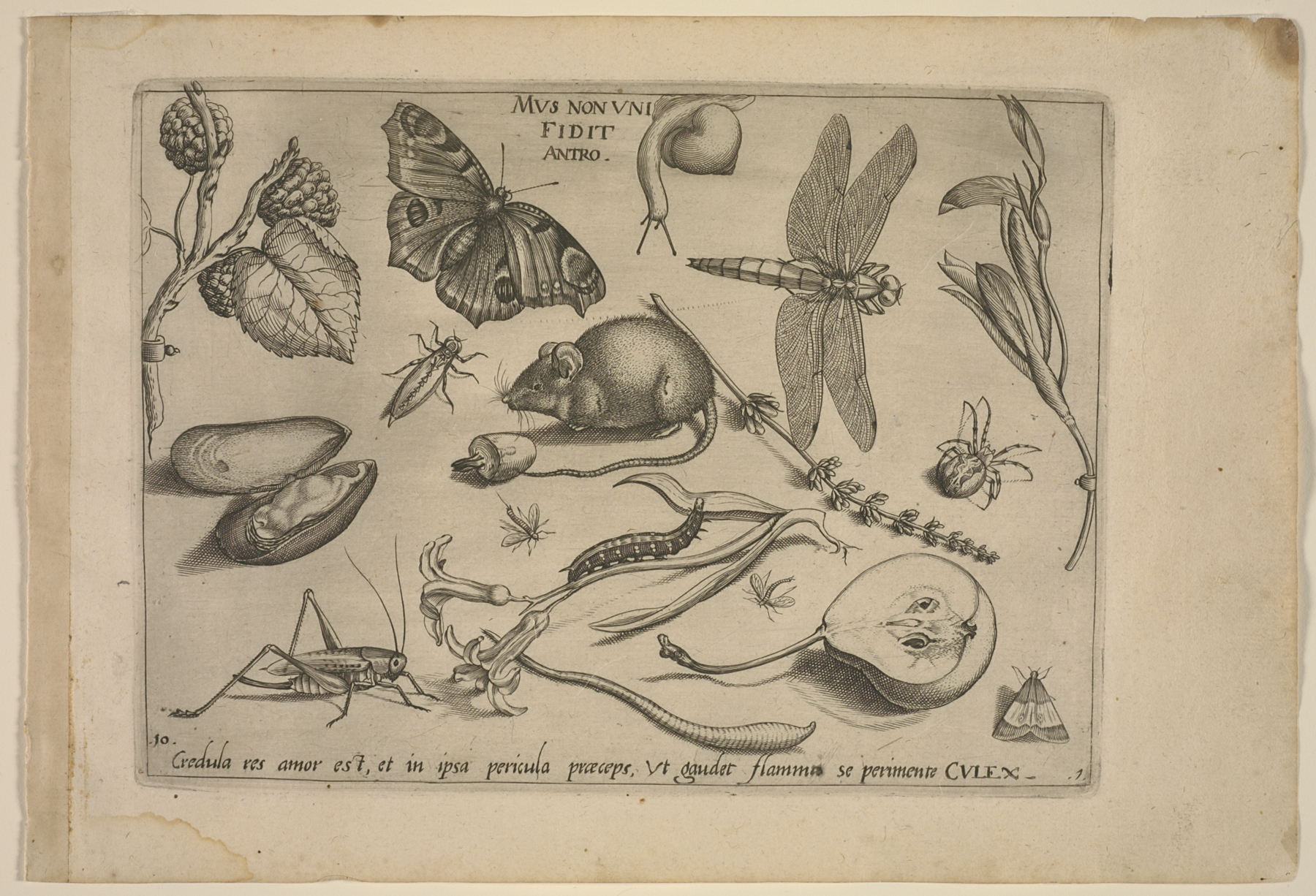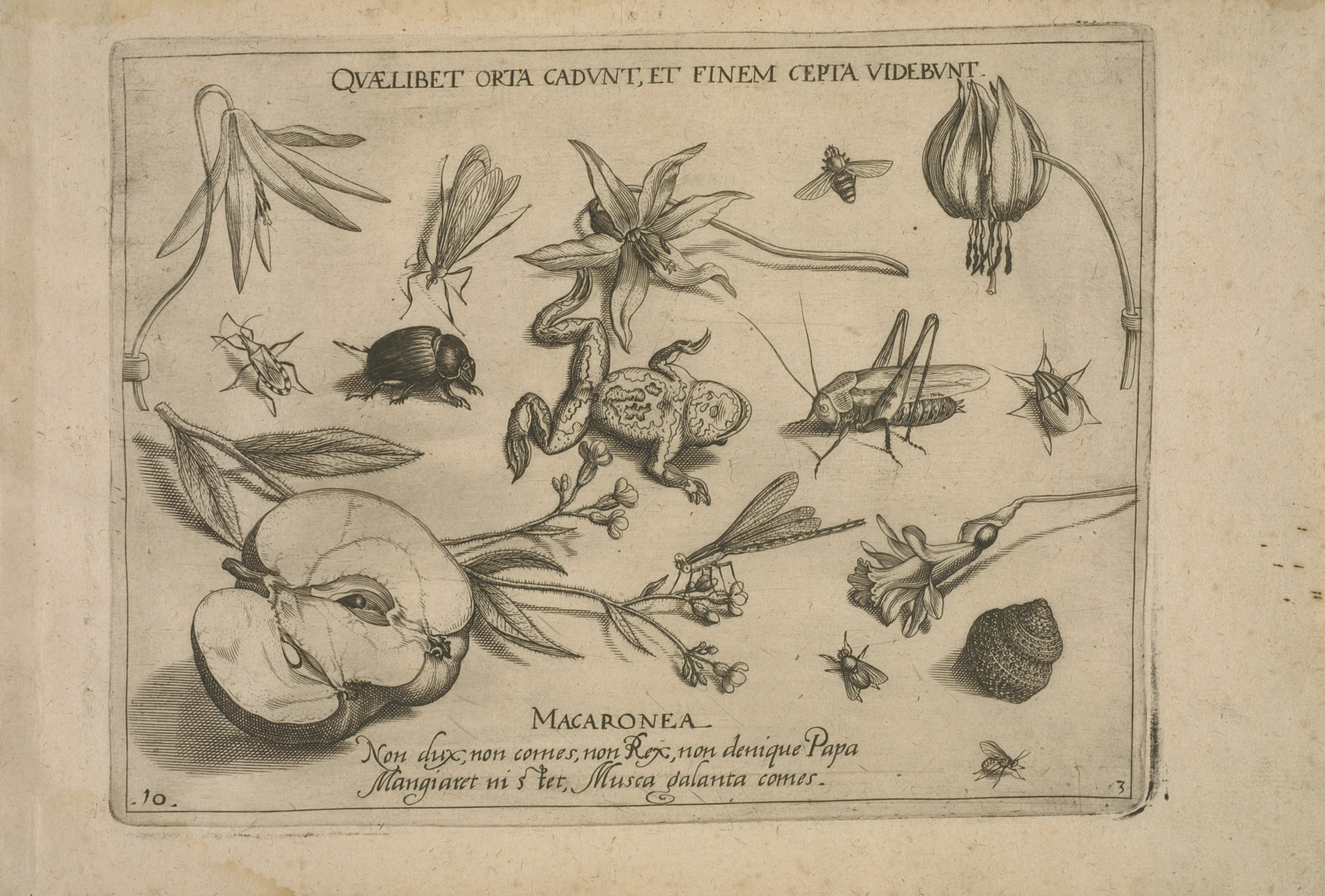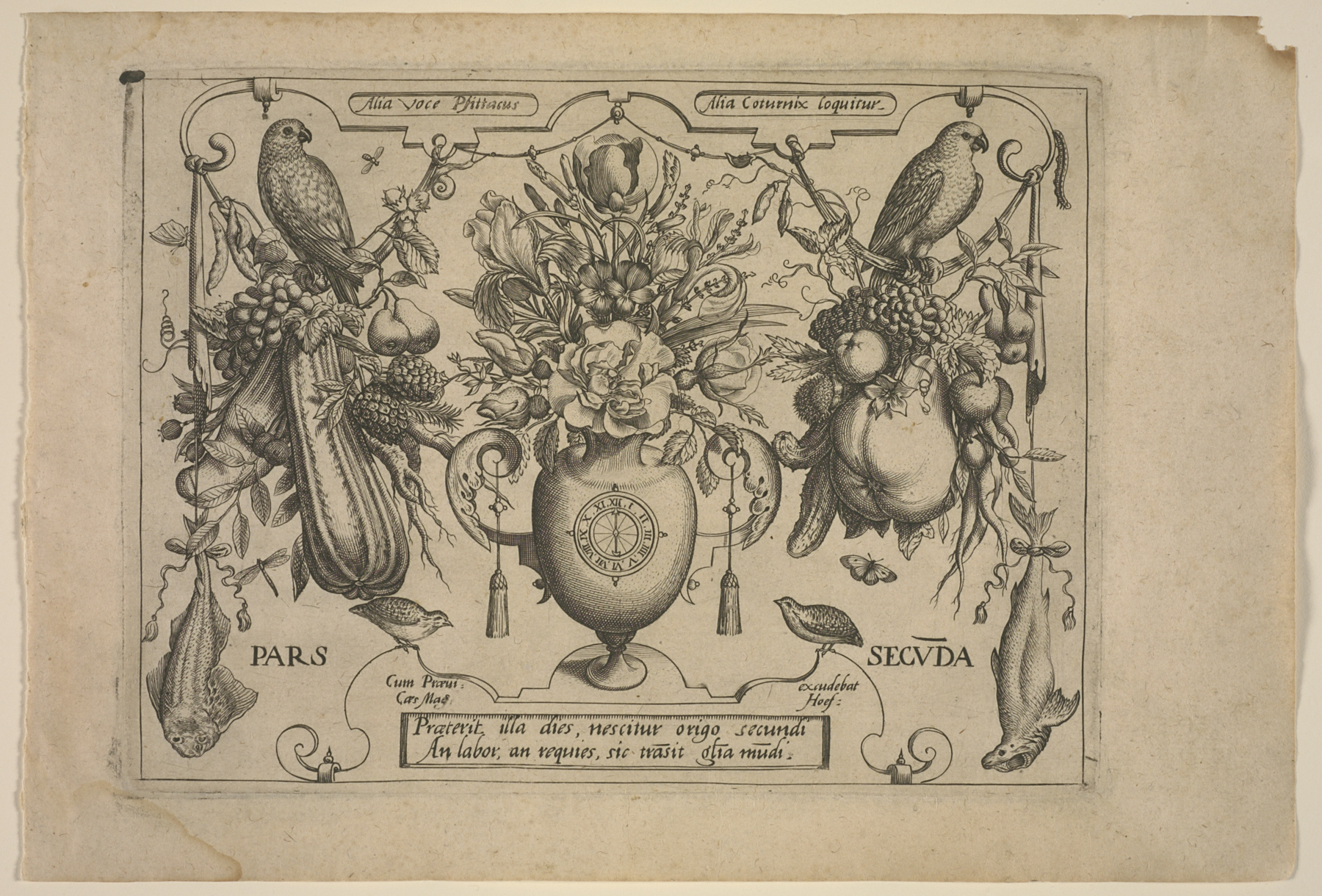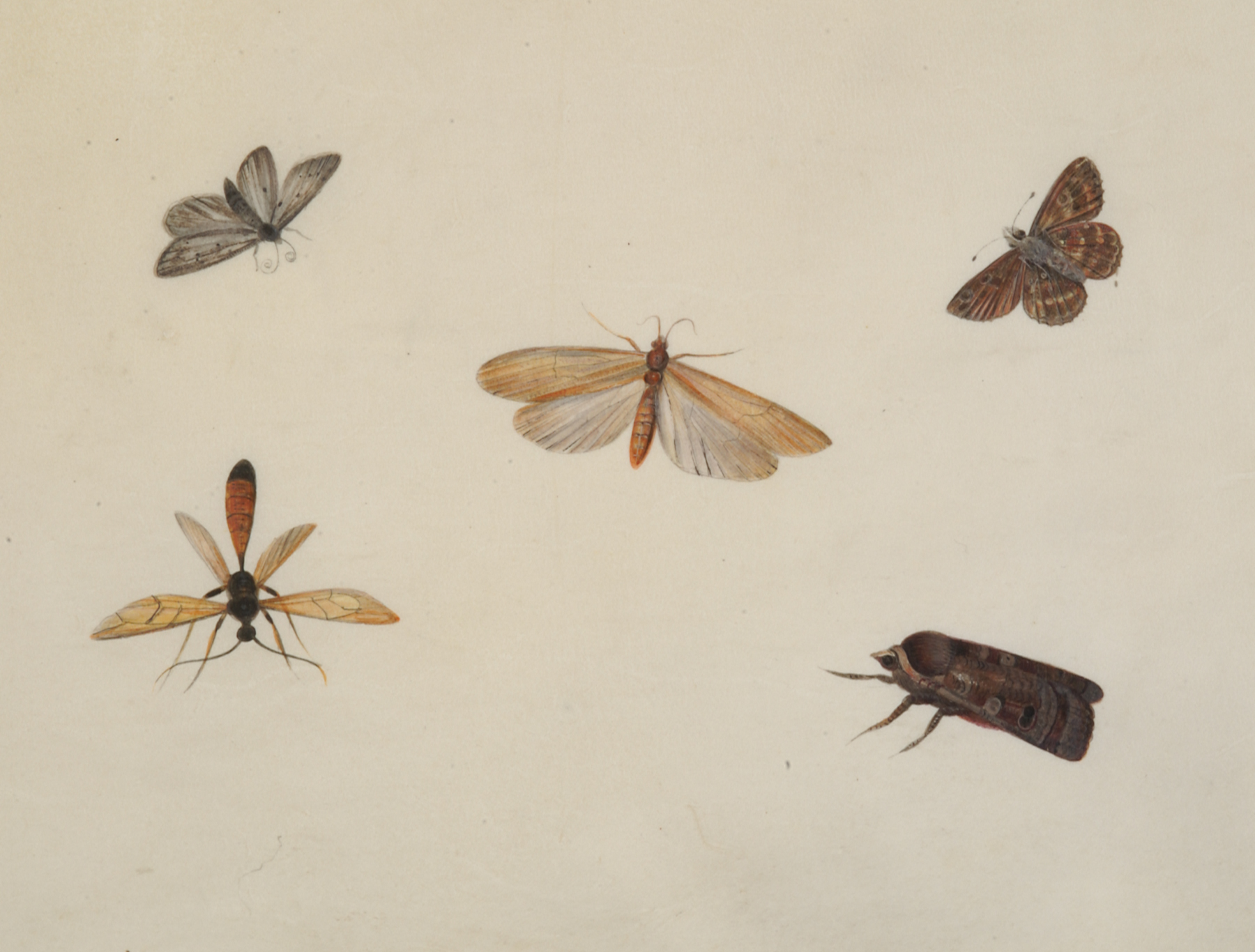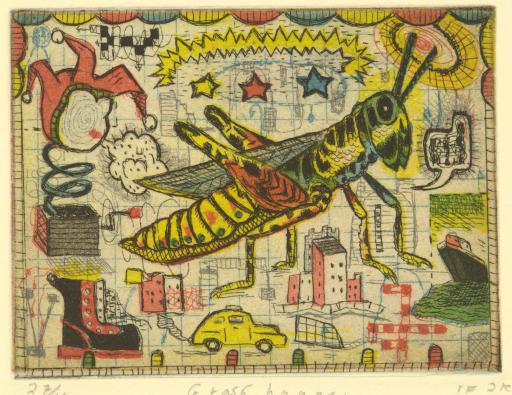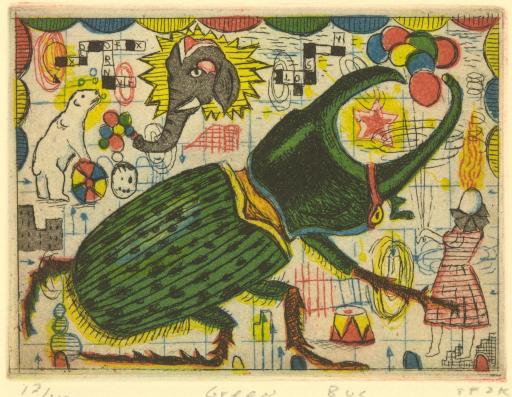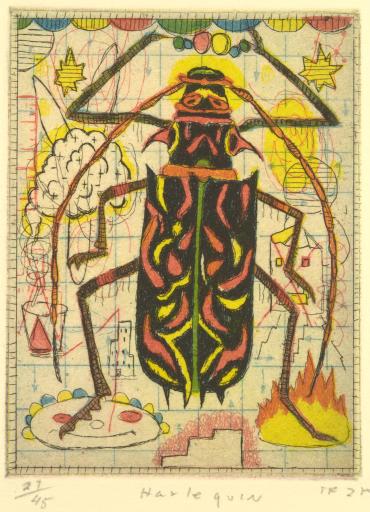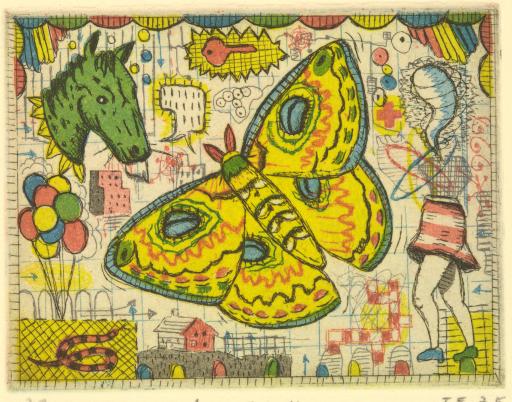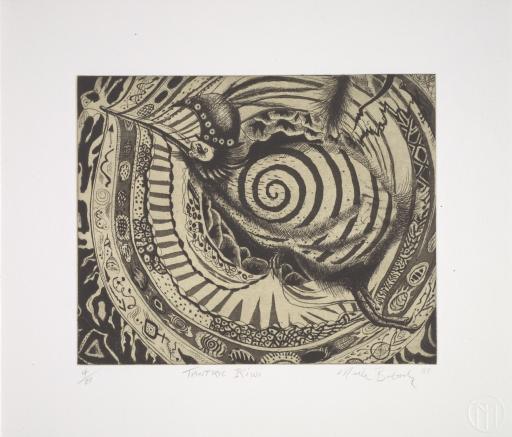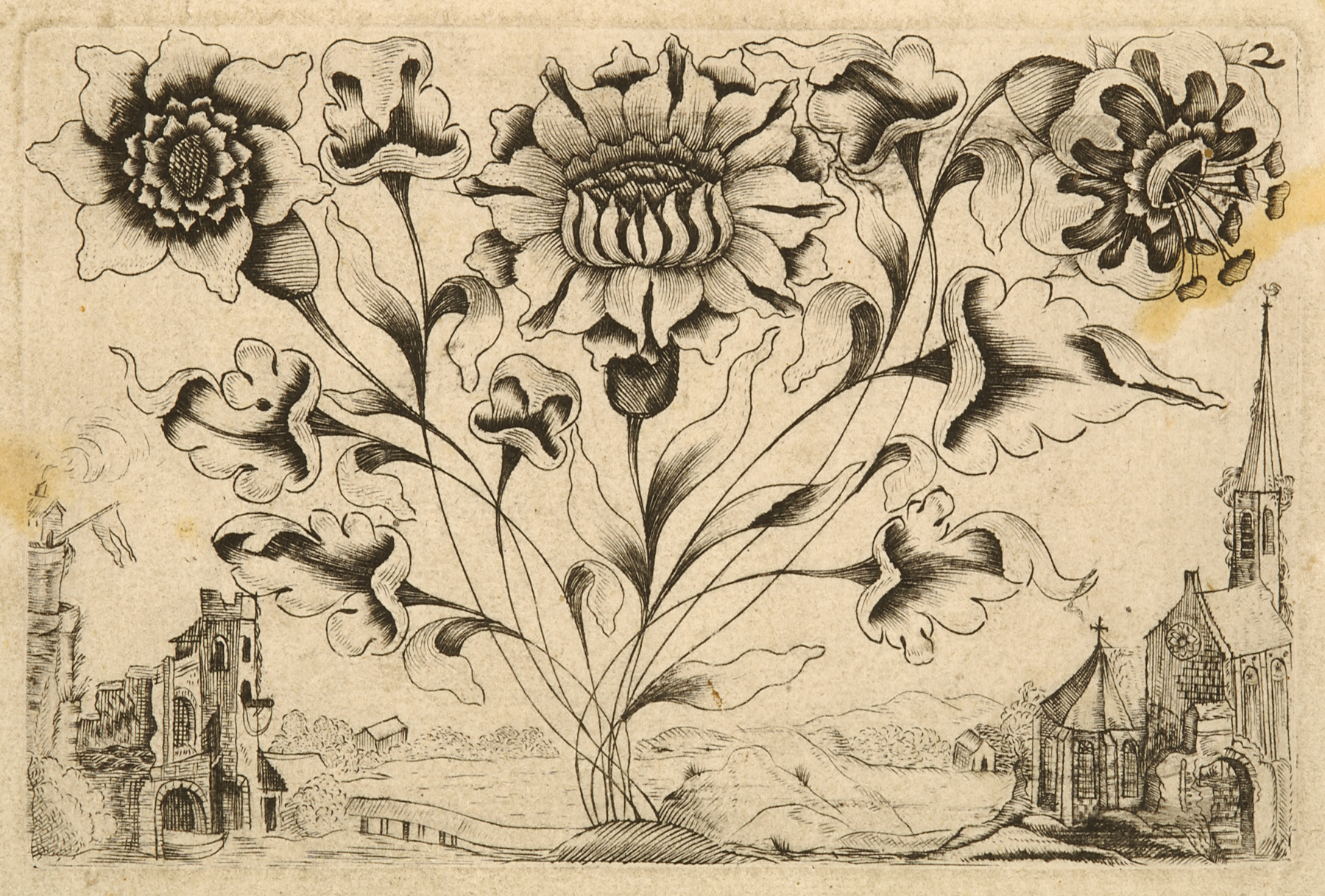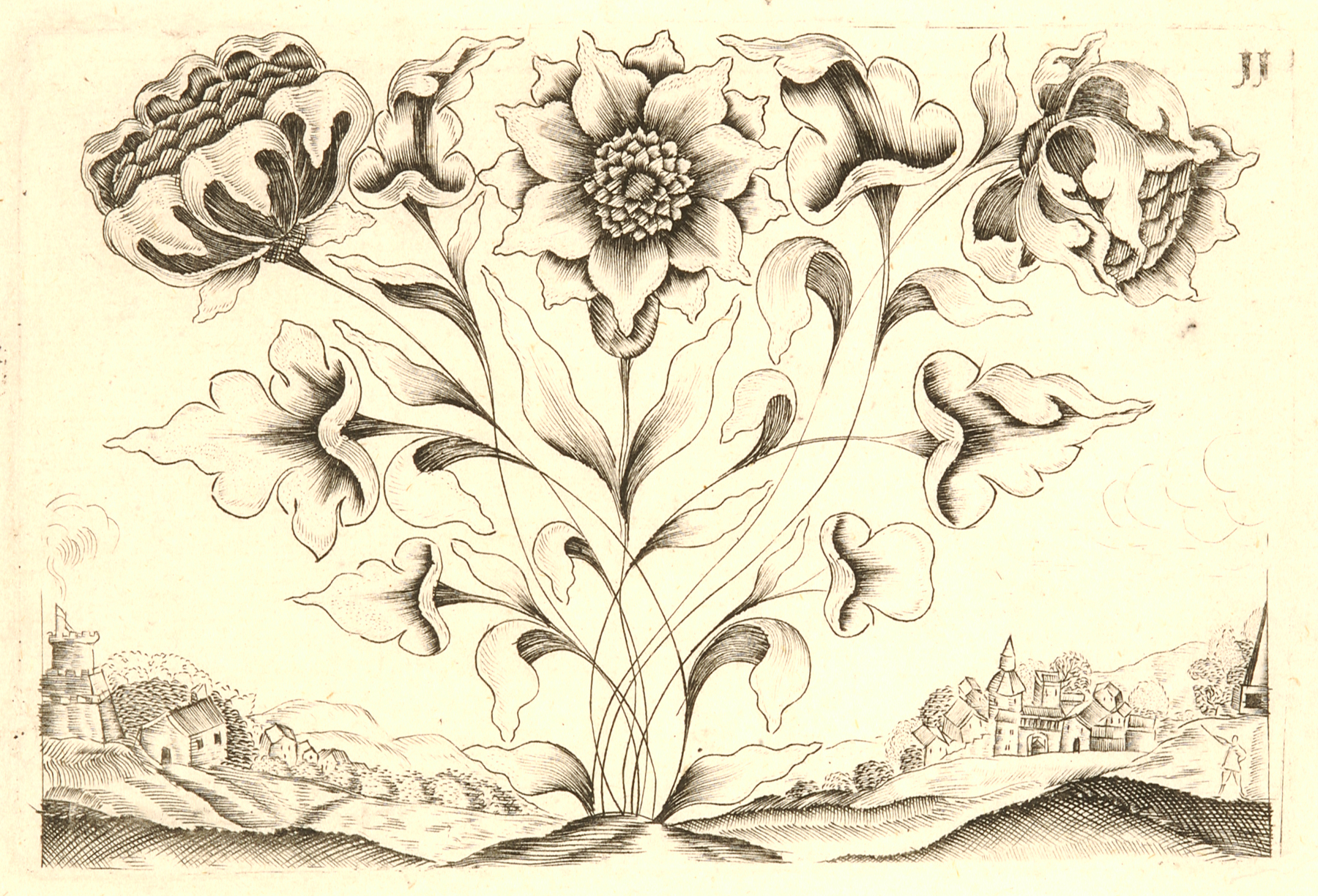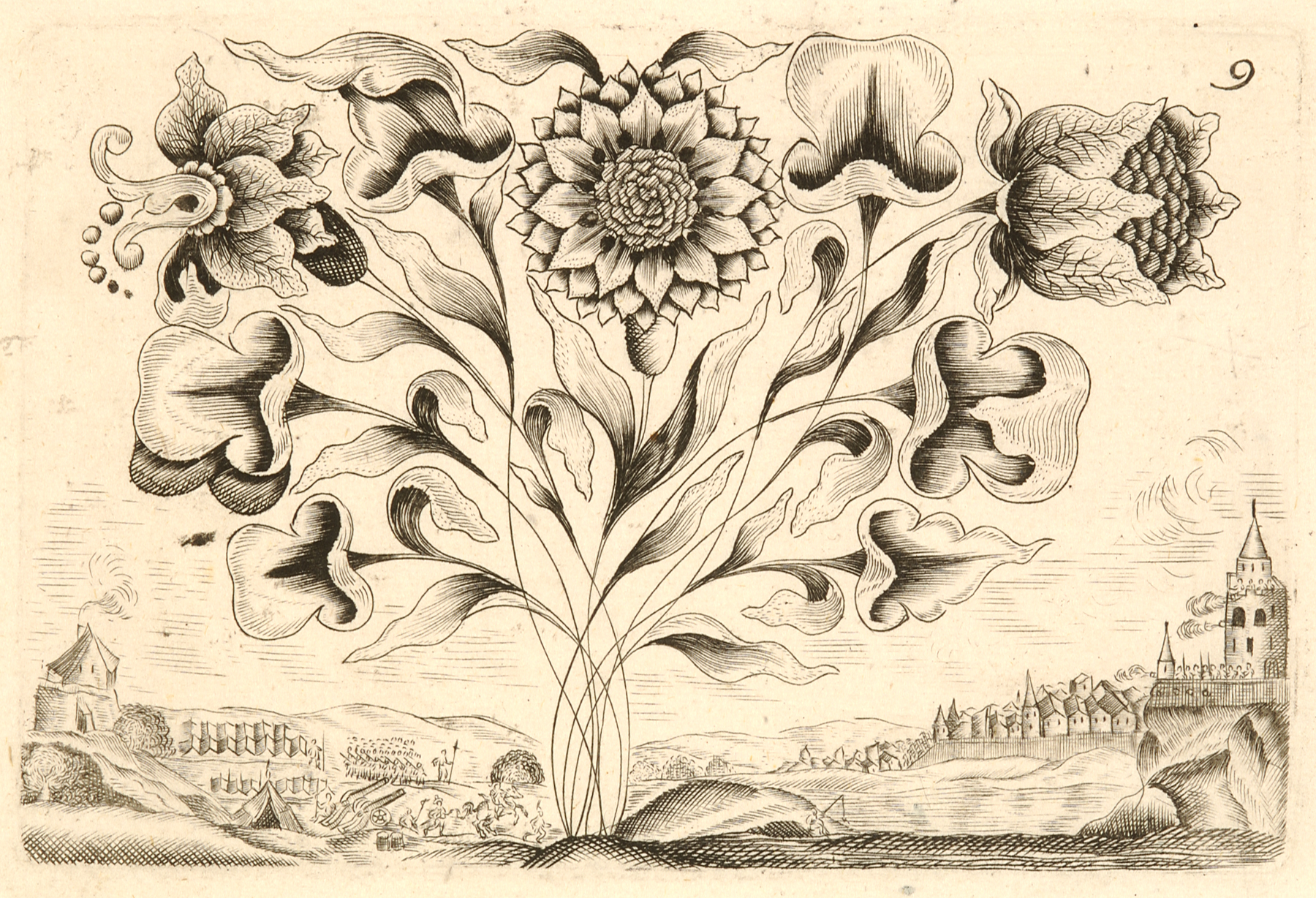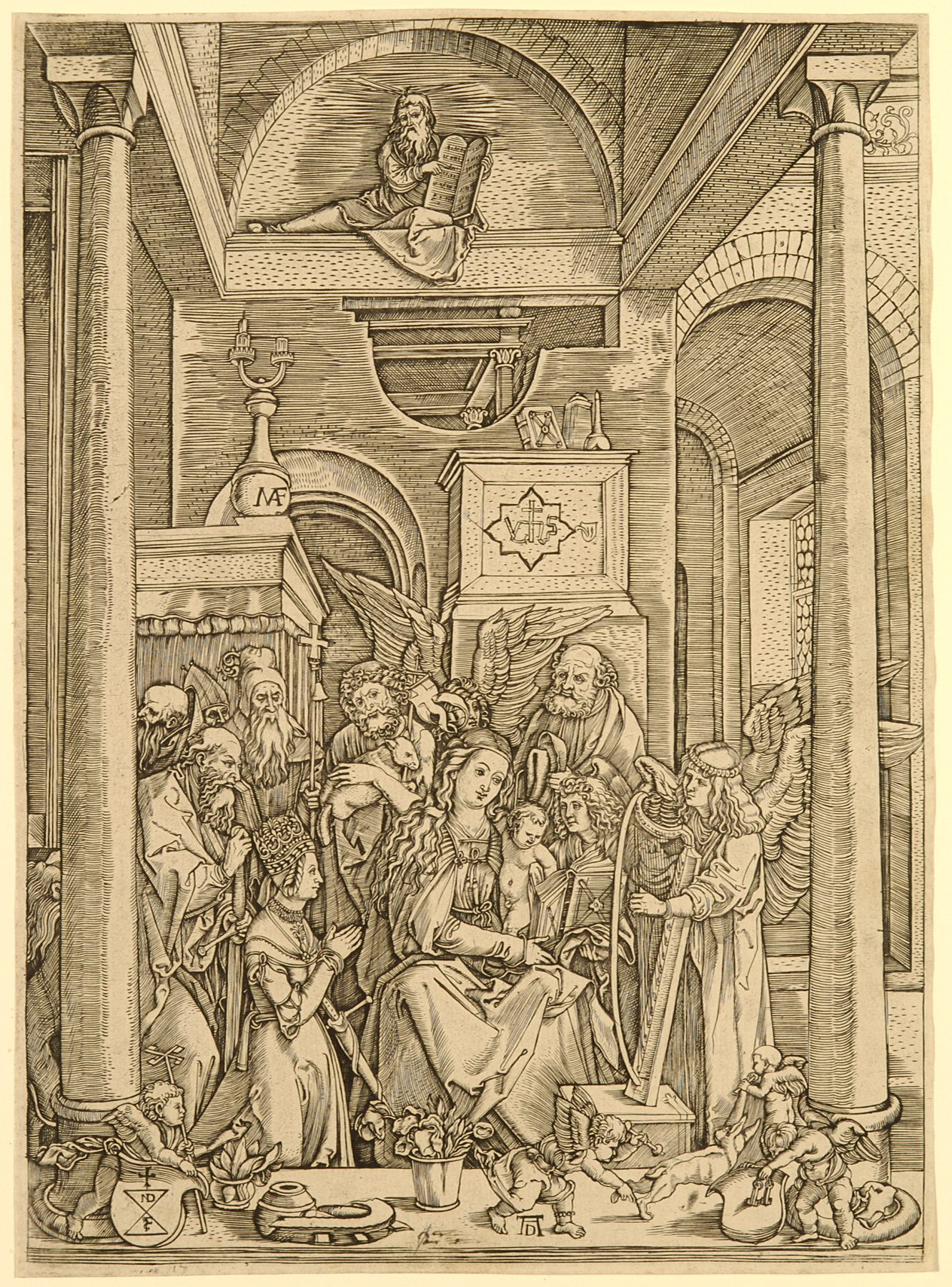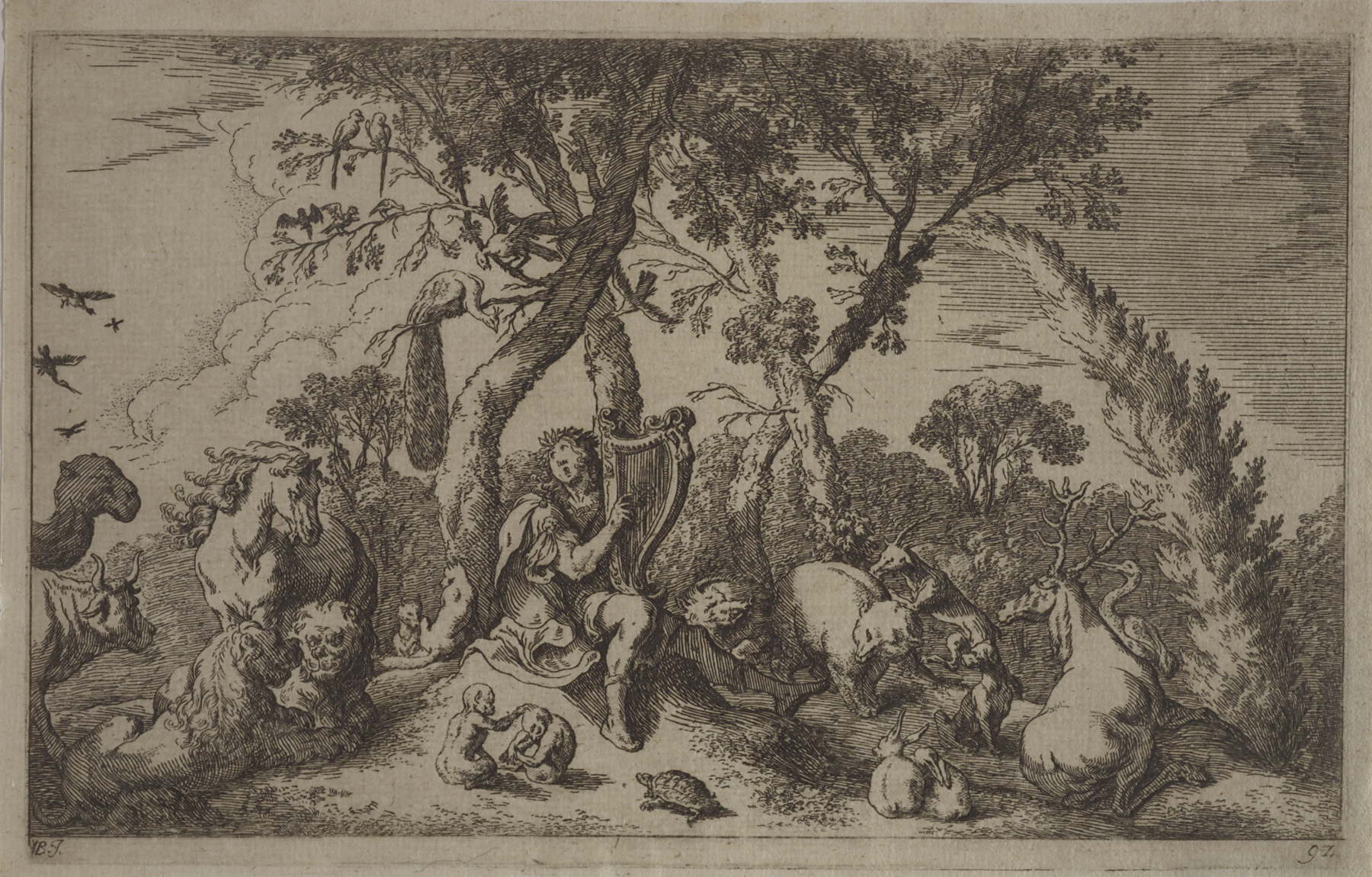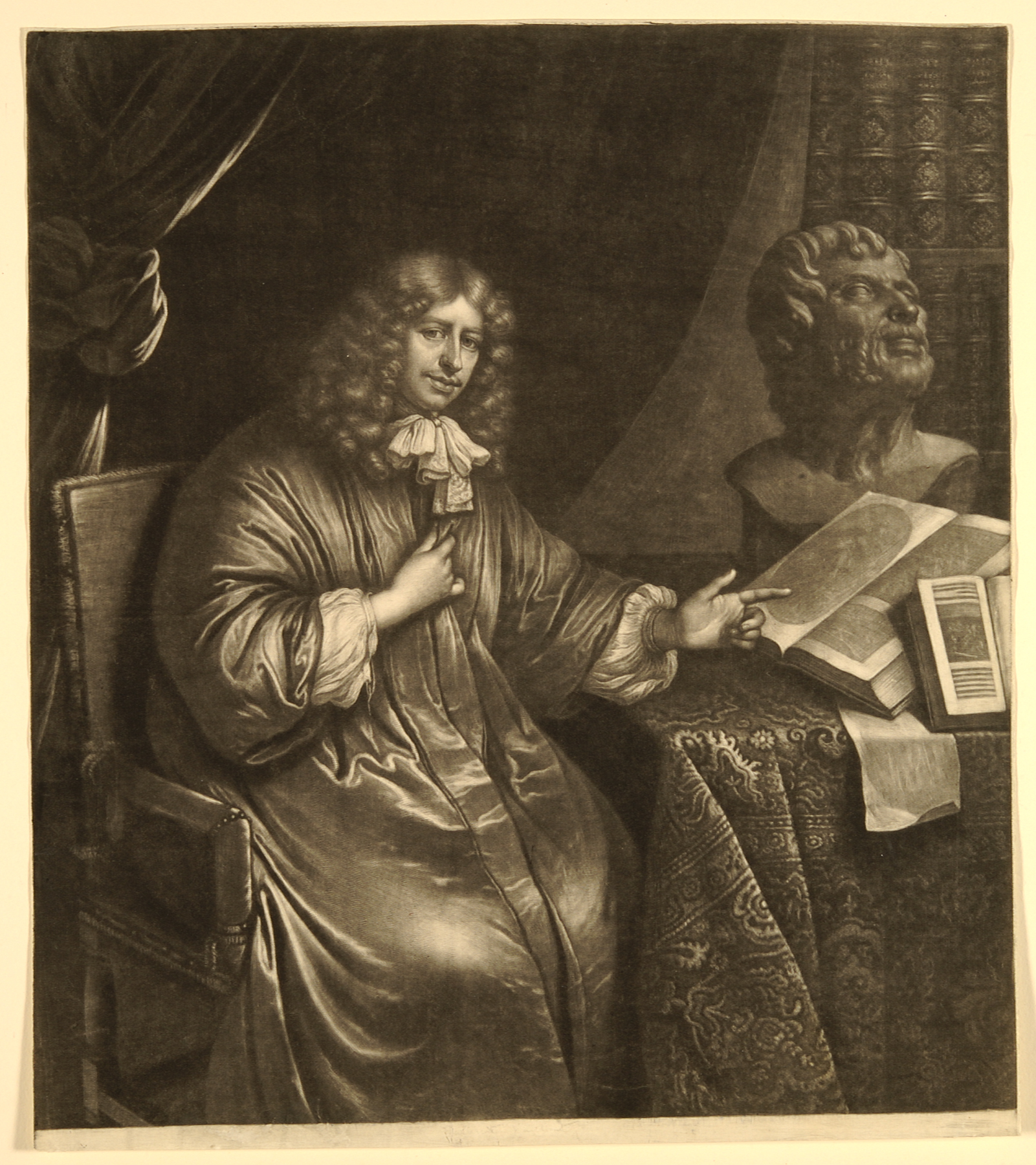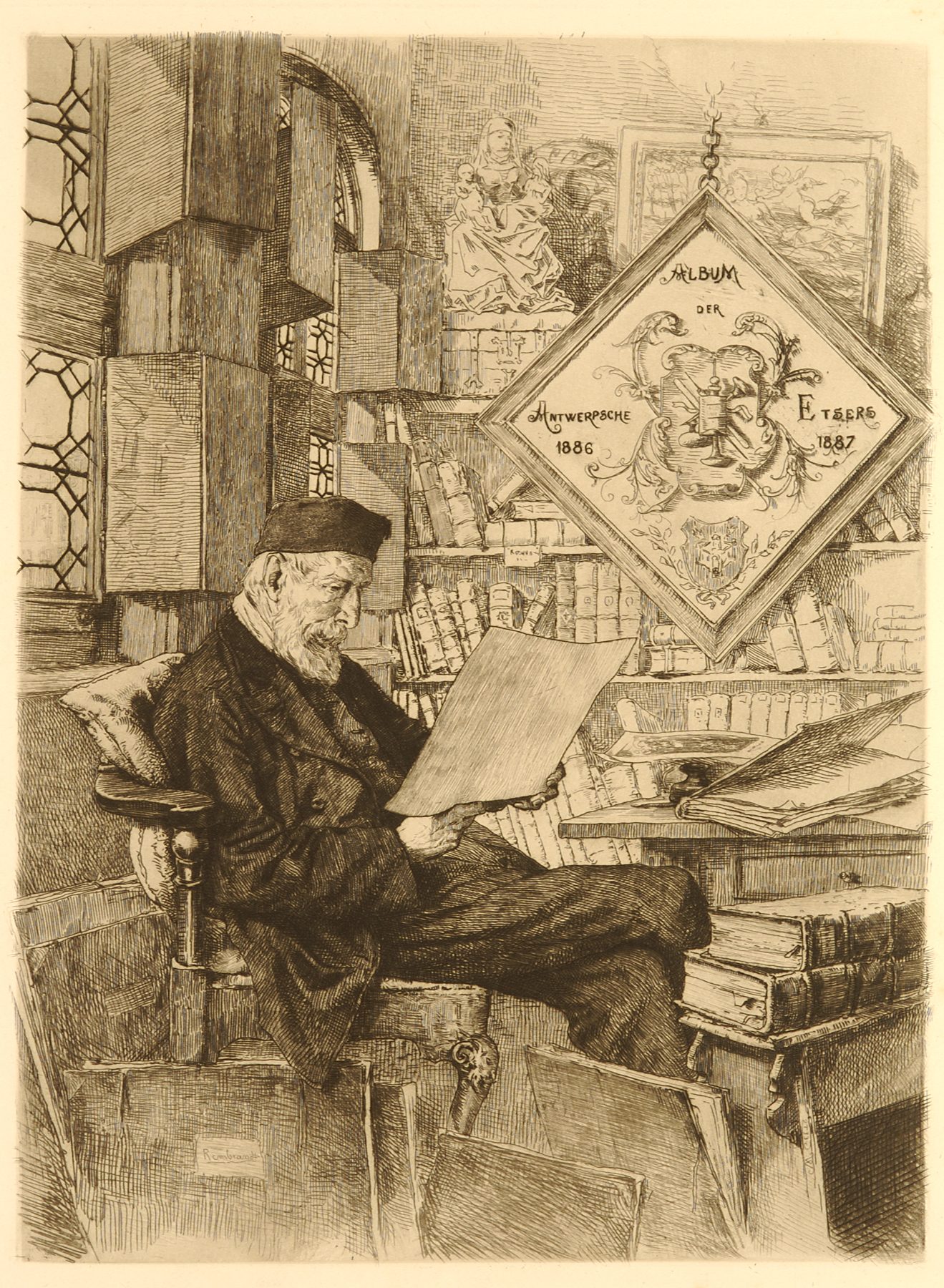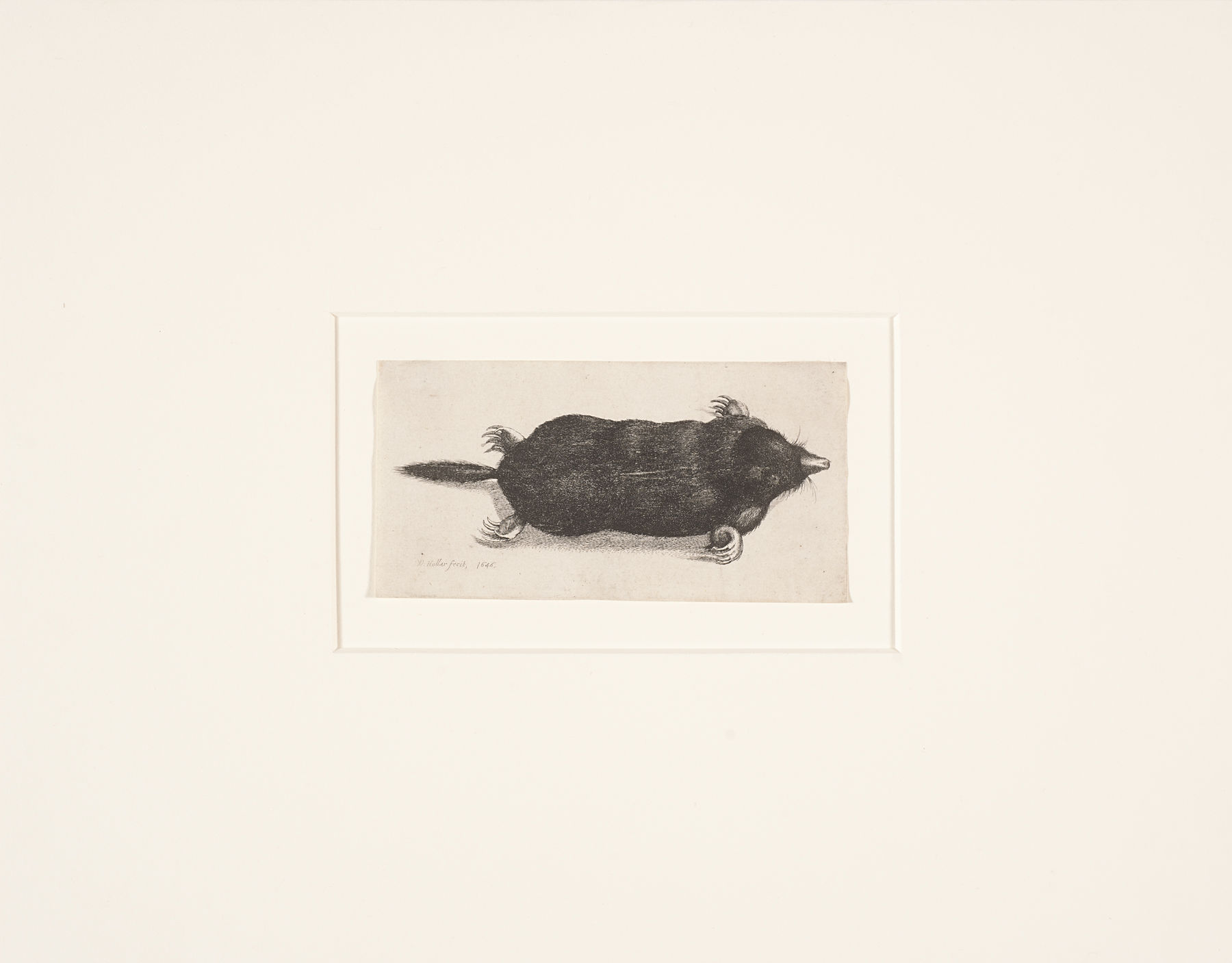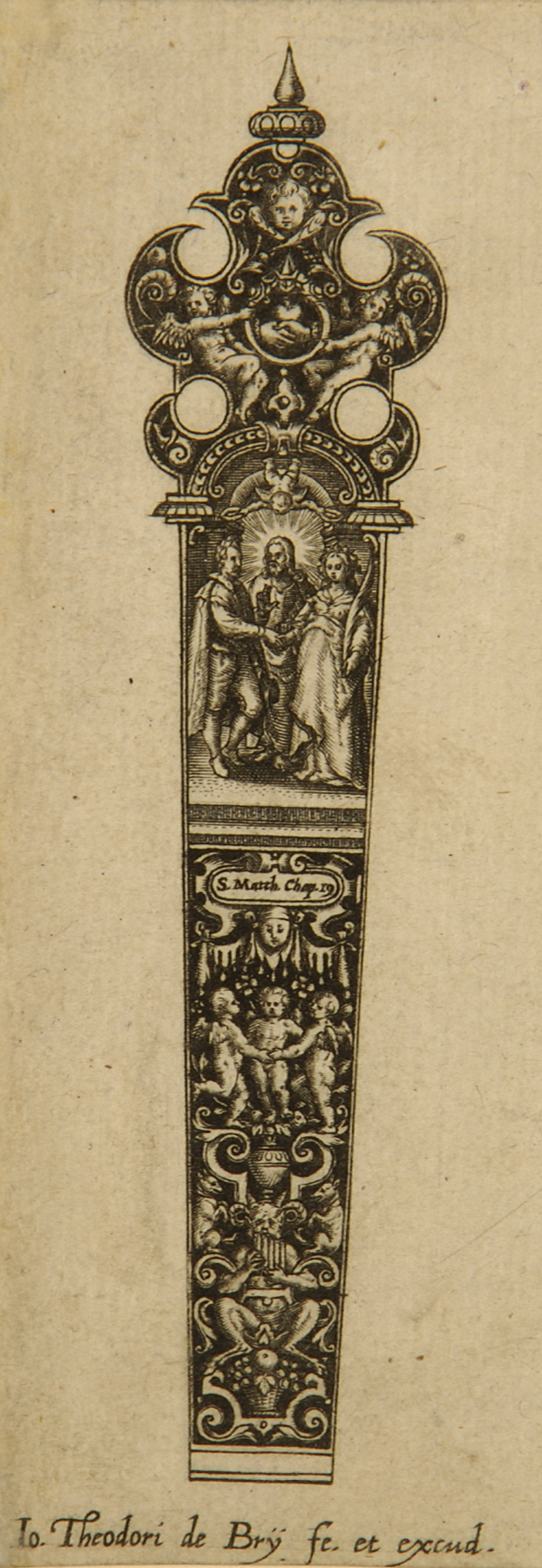Cabinets of Curiosity: Musing about Collections
Exhibition Overview

Madeline Rislow, curator
Beginning June 17 and continuing into fall, the Spencer Museum of Art will explore historical aspects of collecting in Cabinets of Curiosity: Musing about Collections. The exhibition examines the history of museums through the current holdings of several KU repositories: the Spencer Museum of Art, the Spencer Research Library, and the Natural History Museum & Biodiversity Research Center.
Sixteenth- and the seventeenth-century European curiosity cabinets might be described as microcosmic reflections of the world's wonders. Inspired by Renaissance ideas with an emphasis on remarkable examples of naturalia and artificialia (natural and human-made creations), these cabinets emphasized the rare, the marvelous and the virtuoso. Cabinets of curiosities, often known by the German terms " kunst-und wunderkammern," or cabinets of art ( kunst ) and wonder ( wunder ), were encyclopedic in scope and aspired to form a "theater of knowledge."
Collections of curiosity became the catalyst for the eighteenth-century emergence of the modern museum. These more recent collections were also marked by a shift away from notions of theatricality and universality and toward empirical modes of classification generally associated with modern science. Specimens of the natural world and artifacts of cultural heritage often made their way into natural history and anthropology museums while objects classified as art were displayed and stored in art museums.
Cabinets of Curiosity considers these divided collections together and includes objects typically found in early cabinets with highlights from the Spencer Museum of Art's founding collection, which was donated to KU in 1917 by Sallie Cassie Thayer. The broad and eclectic array of items assembled in Cabinets of Curiosity can also be used to examine the relationship between collecting and colonialism as well as to interrogate ongoing practices of collection and display. While essentially historical in nature, Cabinets of Curiosity offers an opportunity to reflect on the idea of the museum today, as well as to consider its possible future permutations.
Organized by Joseph Keehn, Loo Family Intern in Education, and Madeline Rislow, Mellon Foundation Intern in Prints & Drawings, under the curatorial supervision of Steve Goddard, senior curator of prints and drawings.
